Biography
The architect, designer, painter and theoretician Henry Clement van de Velde was born in Antwerp in 1863 as second-youngest son of a pharmacist. Fine art had been his first and foremost interest and thus he enrolled at the Academy of Fine Arts in his hometown in 1882. Over the course of the years, he developed a lively interest in the modern British Arts & Crafts movement, that adopted influences from Japan. He knew only moderate success as a painter and began to engage in the crafts. As early as 1892 did he produce his first designs.
Van de Velde’s revolutionary design needed several attempts until it became a huge success. Thereby the acquaintance with German art critic Julius Meier-Grafe, who wrote for several important magazines in France, Belgium and Germany, helped very much. Meier-Grafe covered designs by van de Velde very often and expressed approval. Equally Samuel Bing, in whose ‚Galerie Art Nouveau’ in Paris van de Velde’s first exhibitions were held. In Germany, his popularity grew so much that van de Velde decided to move to Weimar and to work there. He lived in Weimar with only short intermezzos until the outbreak of the first World War. In 1907, he founded the Kunstgewerbeschule that was remodeled to the ‚Bauhaus’ when Walter Gropius took over in 1919.
One of van de Velde’s earliest Gesamtkunstwerke was his own residence: After he had married wealthy Maria Sèthe he got the possibility to design and furnish his first own house in Uccle near Brussels. Without having any special previous knowledge, he drew construction plans and designs for the better part of the furniture. In 1896 ‚Bloemenwerf’ house was ready for occupancy. Due to its unusual appearance, the building in the outskirts of Brussels became famous very fast. Resonance was not always friendly. Mostly, passers-by or visitors reacted with hilarity or even derision. Nevertheless – or rather in spite, soon many international artists went in and out.
Henry van de Velde’s earliest designs strive to be functional or, in his own words, ‚reasonable’.
Objects by Henry van de Velde
-
Sold
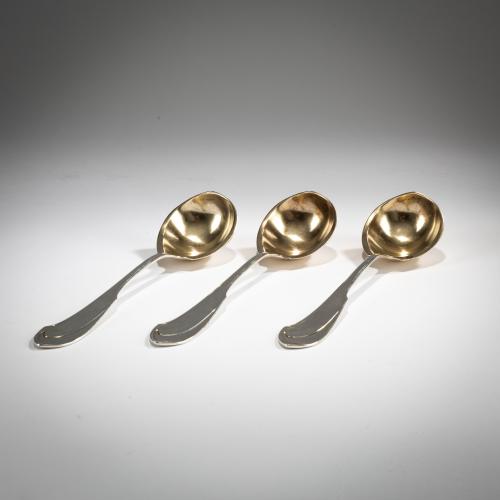
Henry van de Velde Müller, Theodor, Weimar; Koch & Bergfeld, Bremen
Three gravy ladles 'Model I', 1903
Hammer Price: 22,000 €
-
Sold
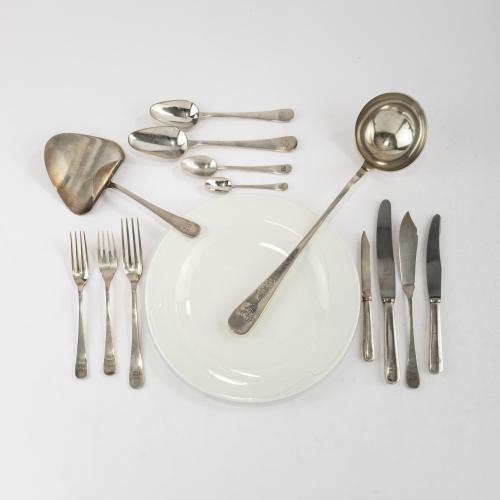
Henry van de Velde Müller, Theodor, Weimar; Bahner, Franz, Düsseldorf; Posen, Lazarus, Frankfurt, Schleissner & Söhne, Hanau; Koch & Bergfeld, Bremen
145-piece cutlery set 'Model III', 1910/11
Hammer Price: 20,000 €
-
Sold
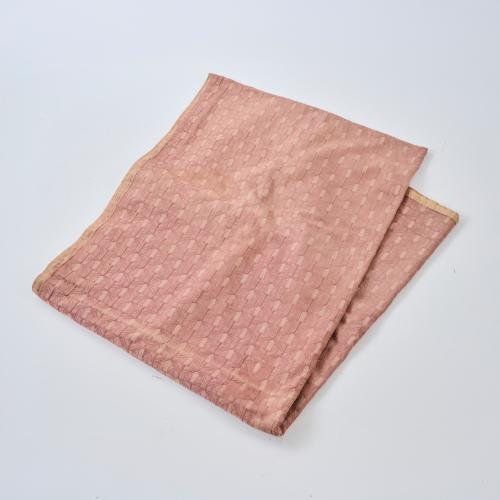
-
Sold
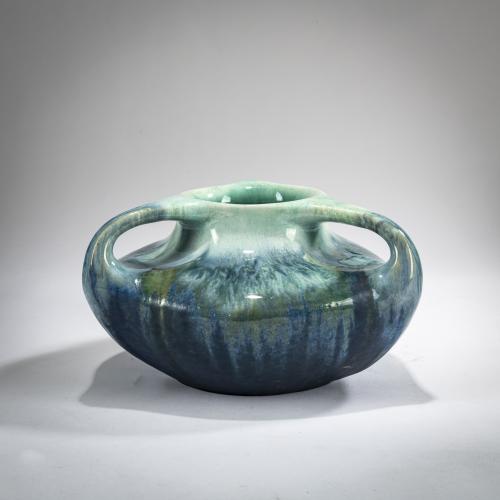
-
Sold
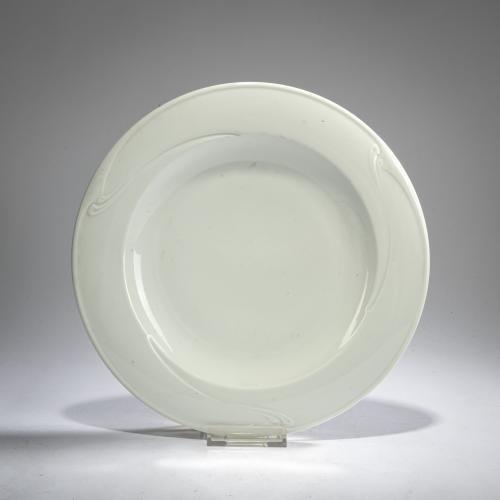
-
Sold
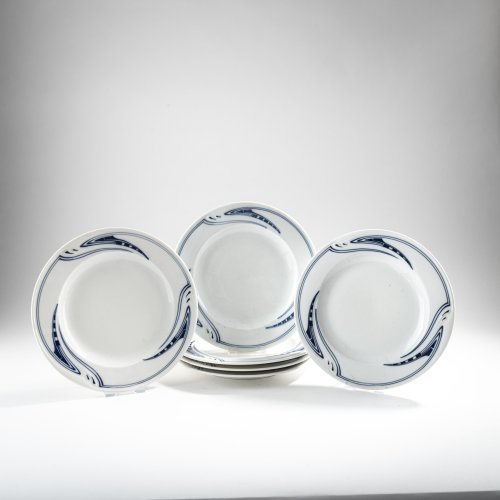
-
Sold
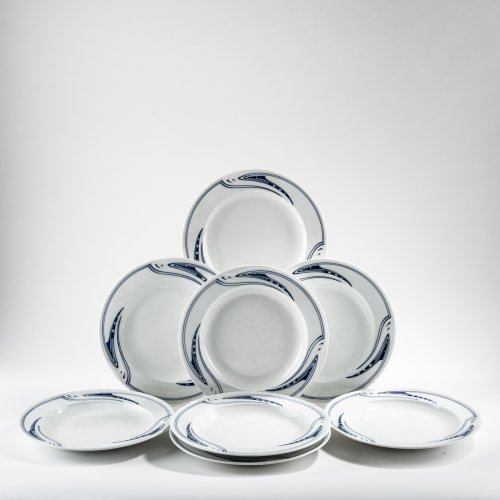
-
Sold
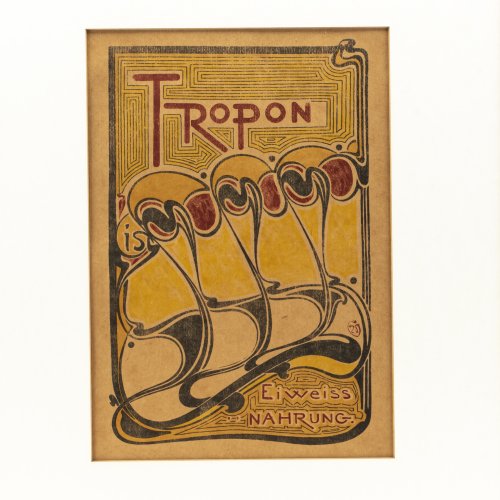
-
Sold
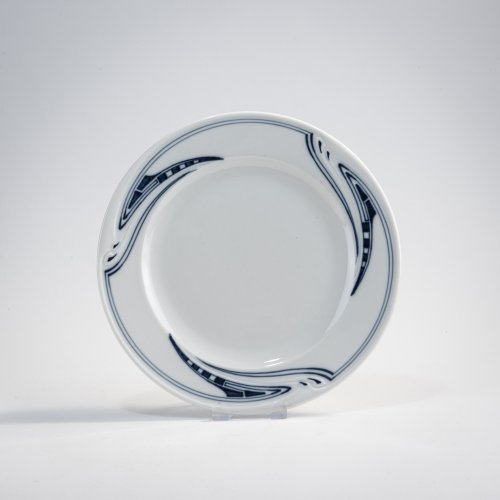
-
Sold
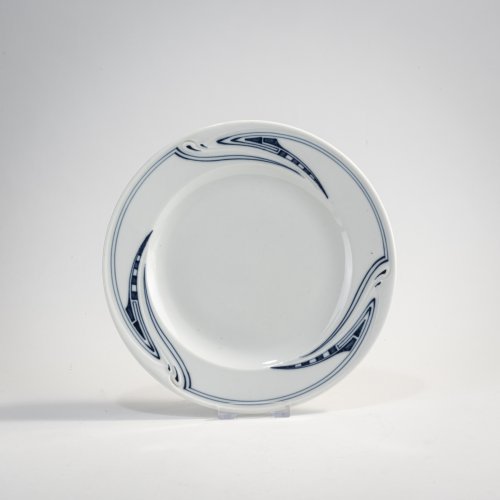
-
Sold
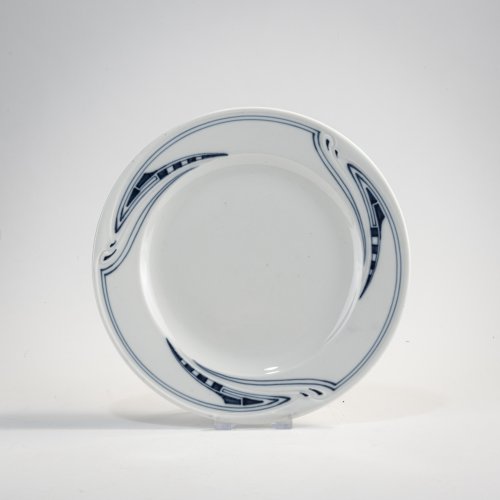
-
Sold
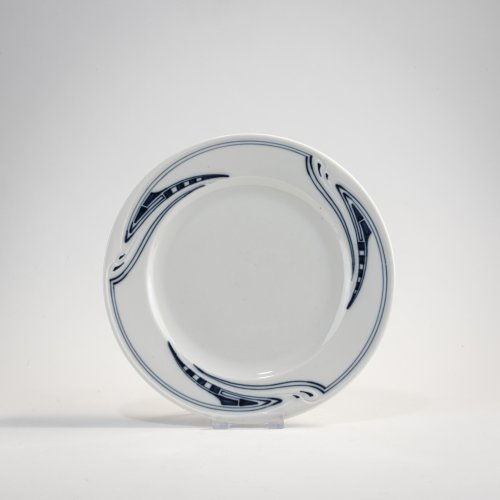
-
Sold
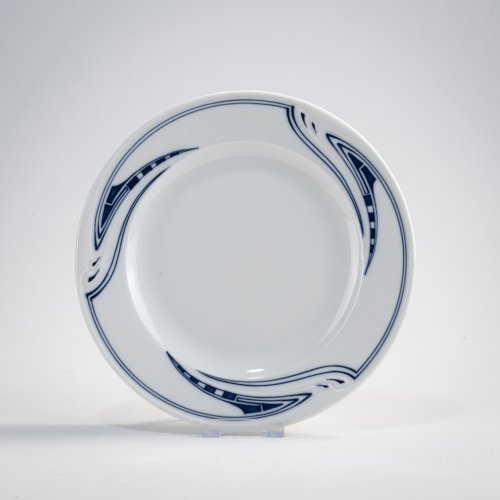
-
Sold
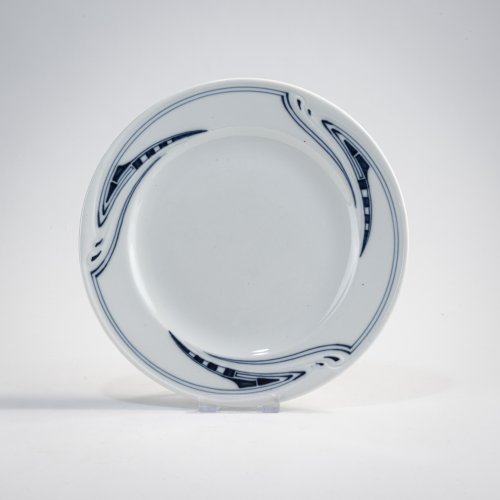
-
Sold
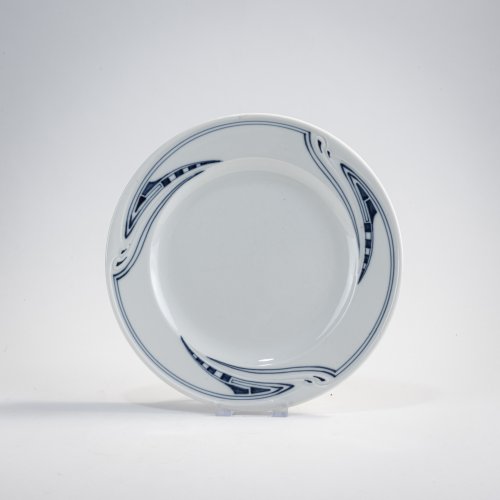
-
Sold
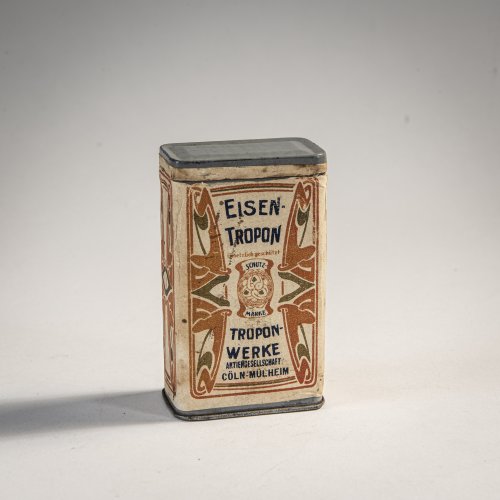
Henry van de Velde (after) TROPON-WERKE AKTIENGESELLSCHAFT KÖLN-MÜLHEIM.
Box 'Eisen-Tropon', c. 1898
Hammer Price: 850 €
-
Sold
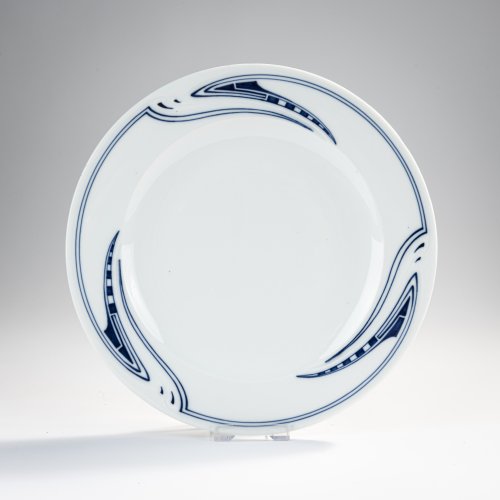
-
Sold
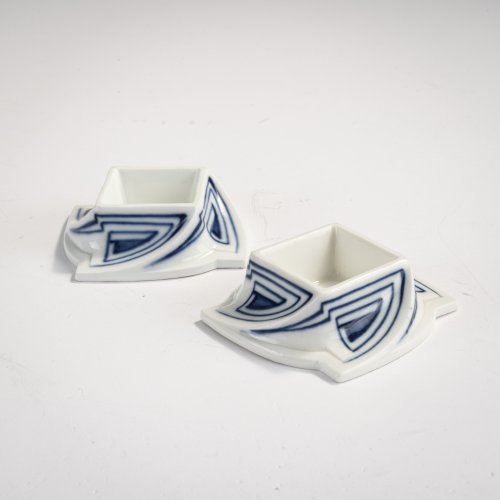
-
Sold
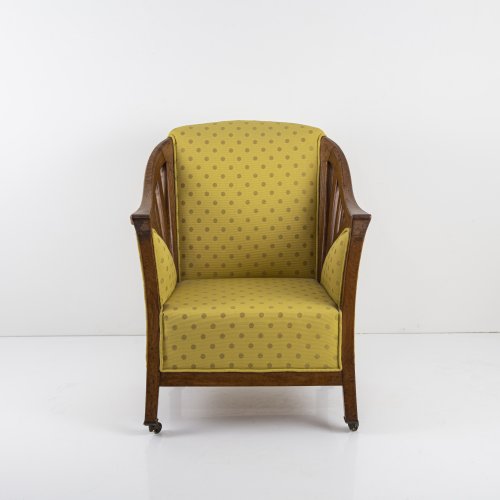
Henry van de Velde Velde, S.A., Brüssel-Ixelles (zugeschrieben/attributed)
'Havana' armchair, 1897
Hammer Price: 28,000 €
-
Sold
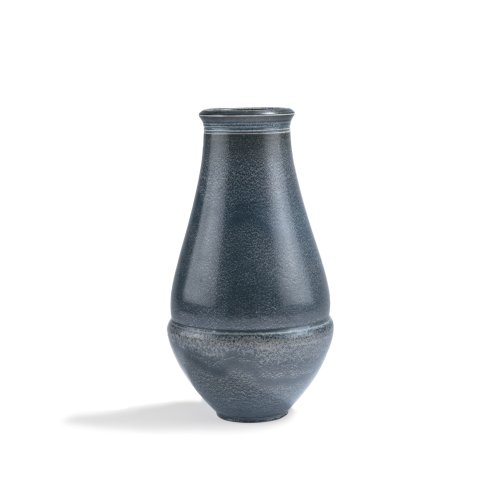
-
Sold
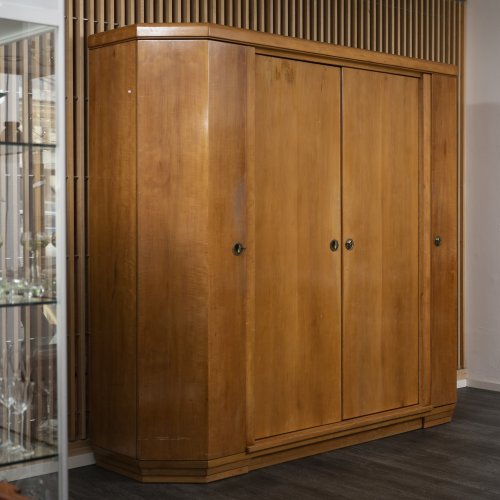
-
Sold
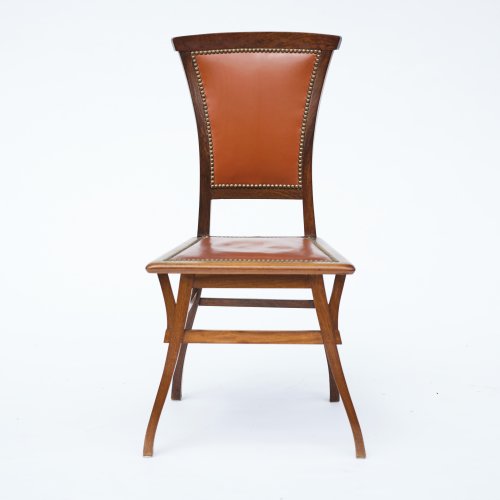
-
Sold
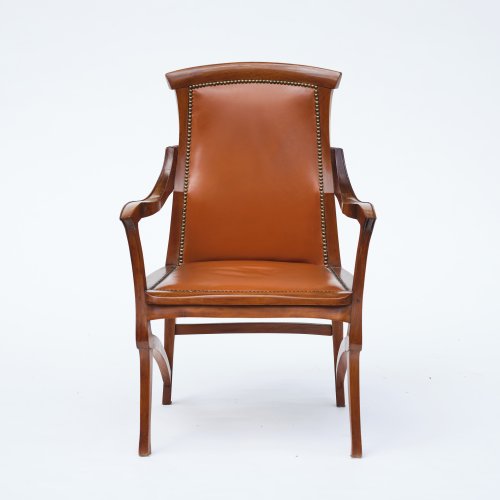
-
Sold
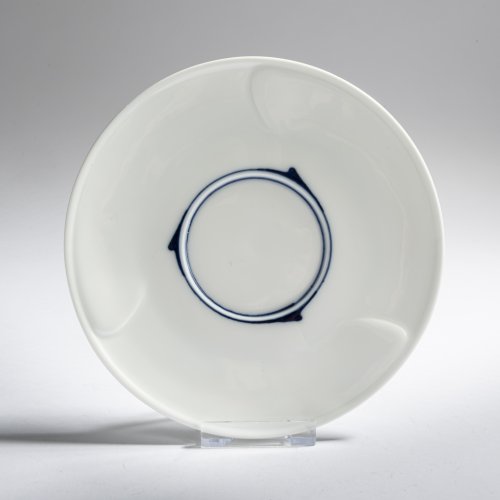
-
Sold
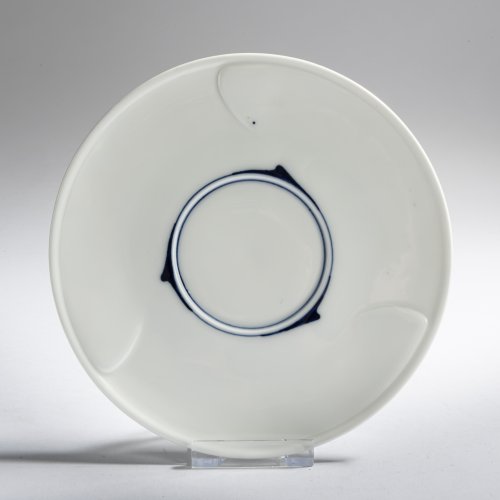
-
Sold
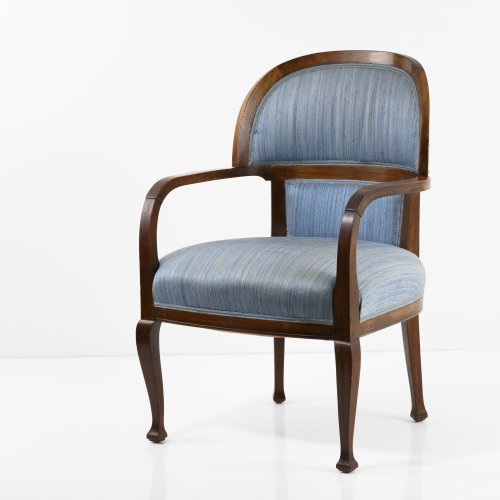
-
Sold
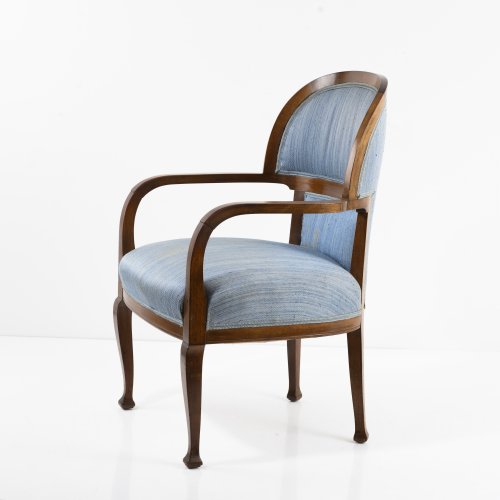
-
Sold
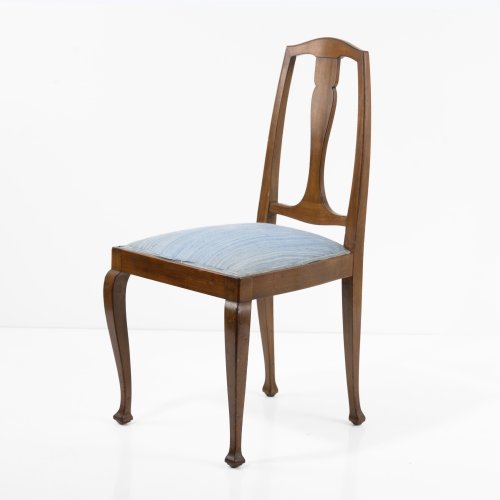
-
Sold
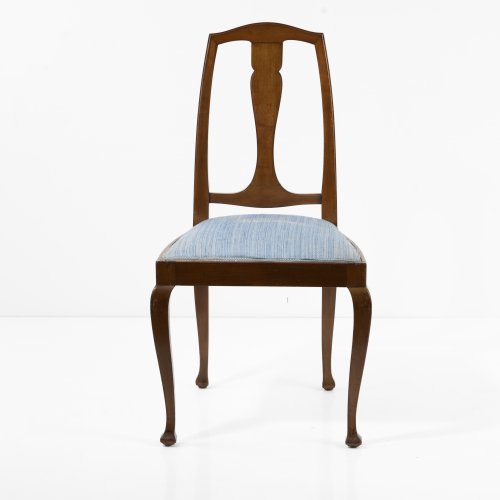
-
Sold
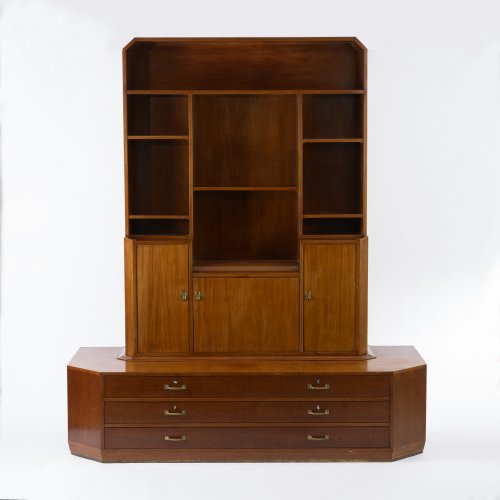
-
Sold
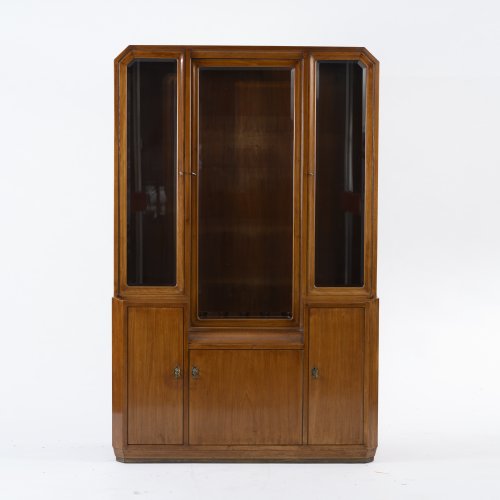
-
Sold
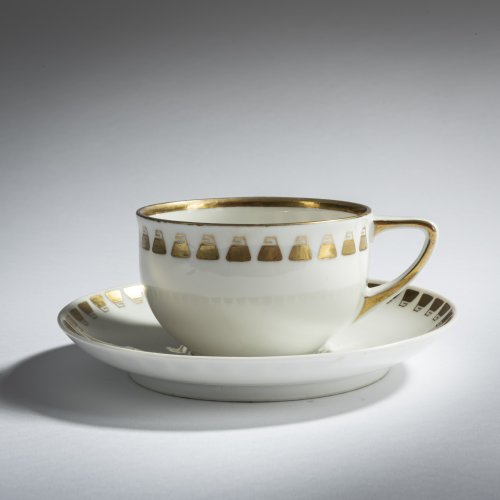
Henry van de Velde Beyer & Bock, Rudolstadt-Volkstedt
Tea cup and saucer, c. 1906
Hammer Price: 950 €
-
Sold
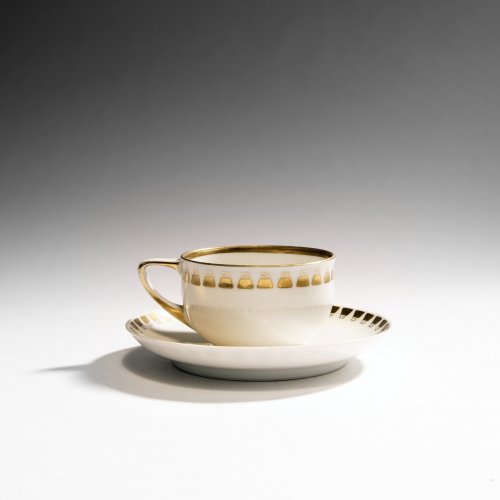
Henry van de Velde Beyer & Bock, Rudolstadt-Volkstedt
Tea cup and saucer, c. 1906
Hammer Price: 1,100 €
-
Sold
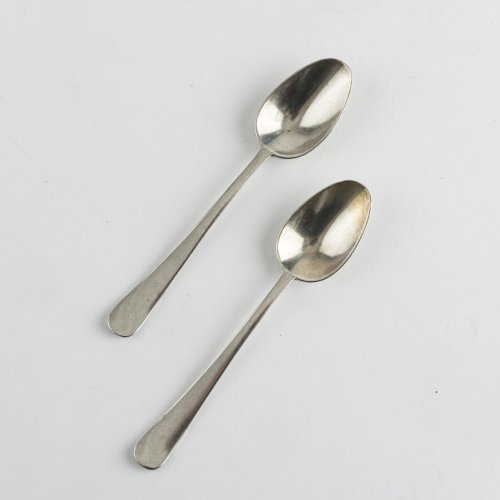
-
Sold
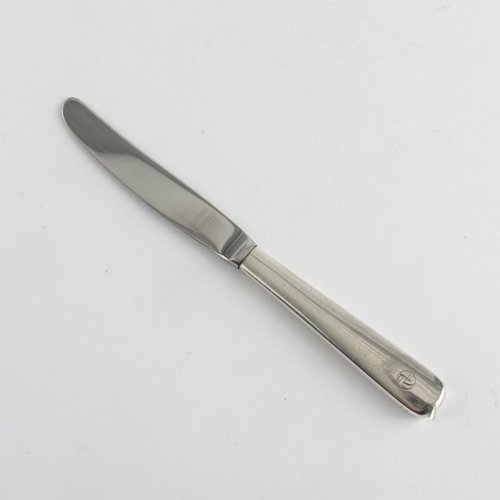
-
Sold
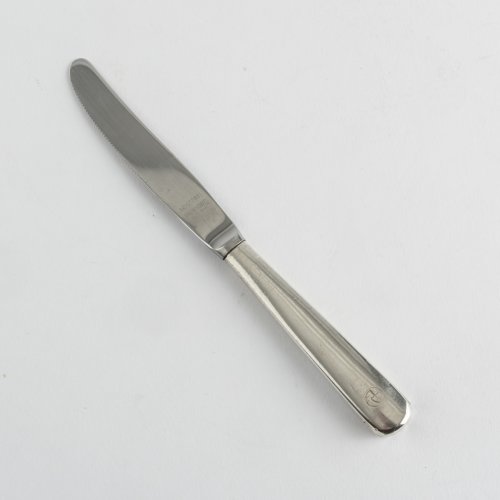
-
Sold
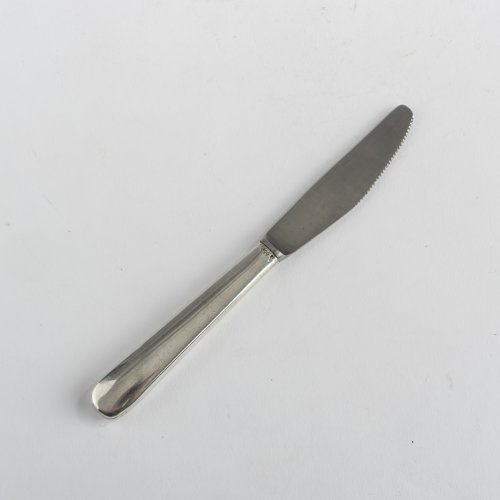
-
Sold
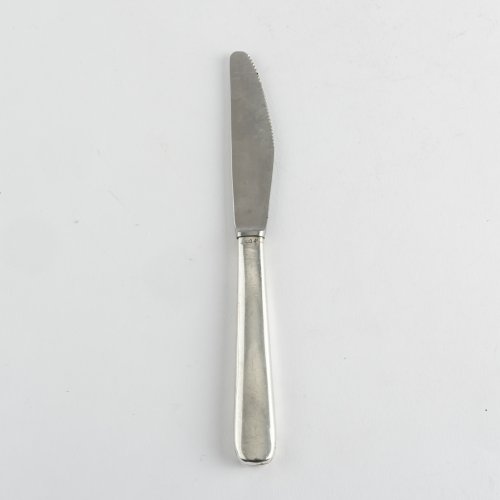
-
Sold
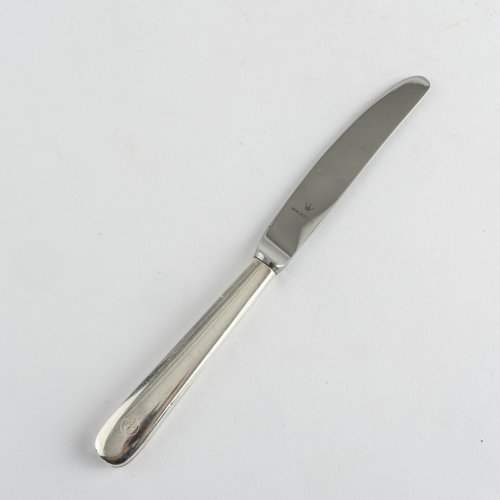
-
Sold
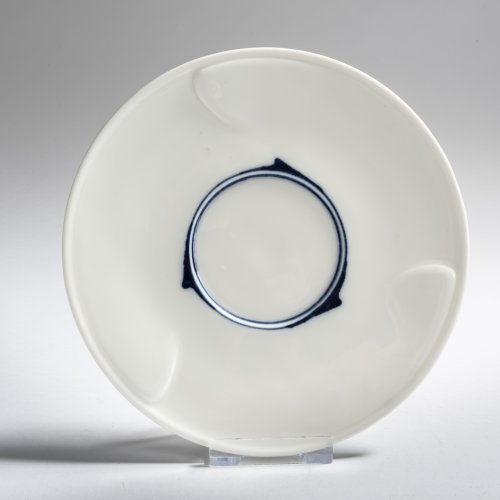
-
Sold
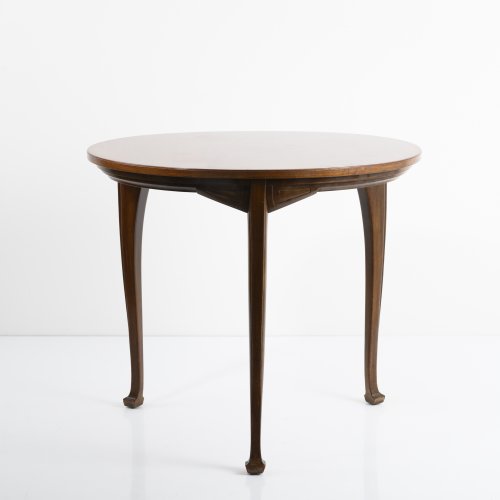
-
Sold
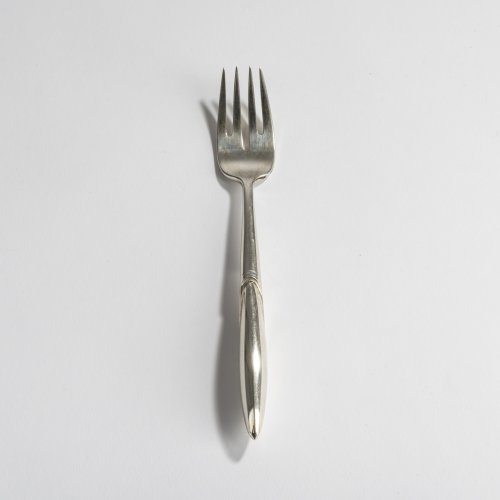
-
Sold
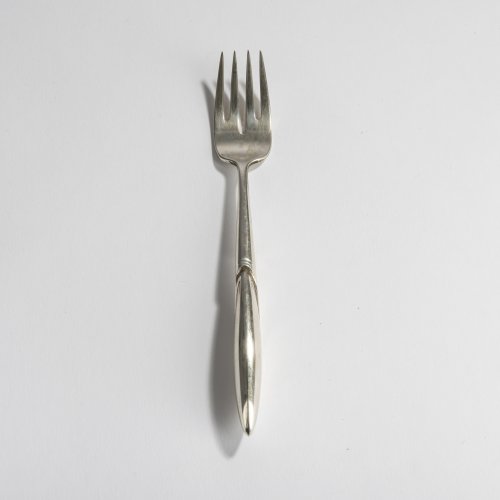
-
Sold
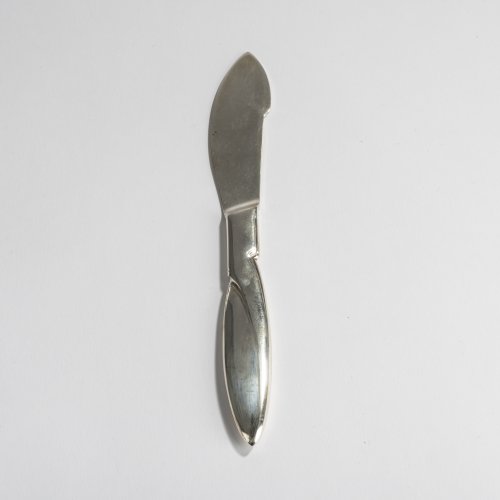
-
Sold
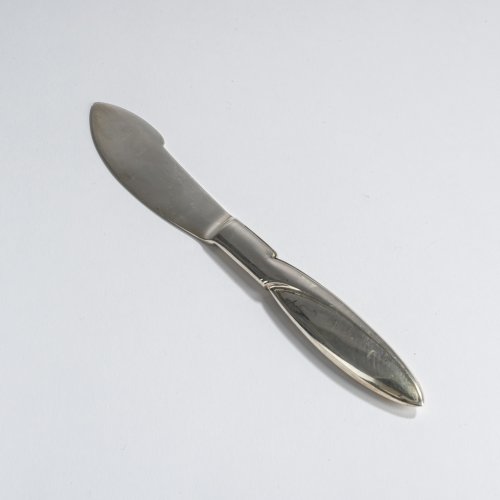
-
Sold
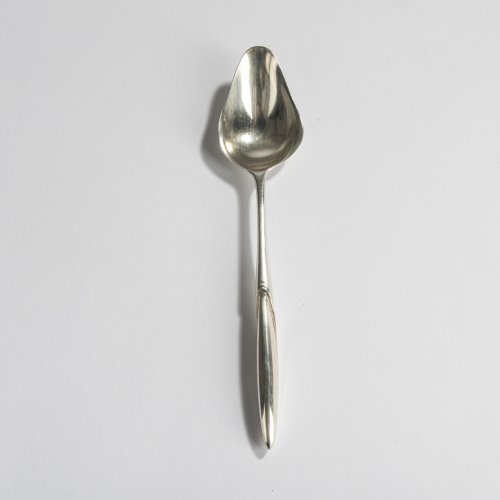
-
Sold
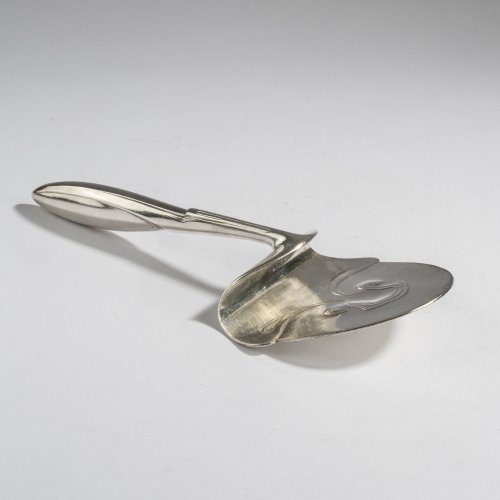
-
Sold
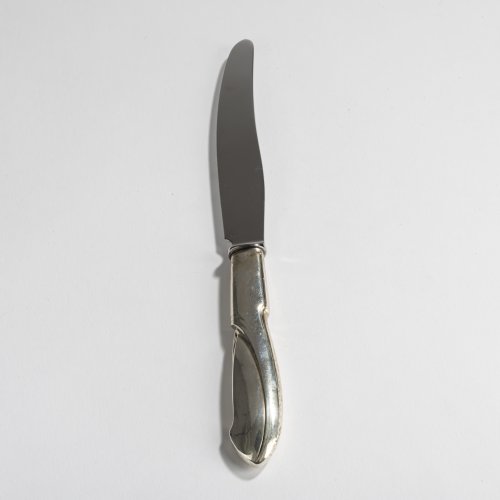
-
Sold
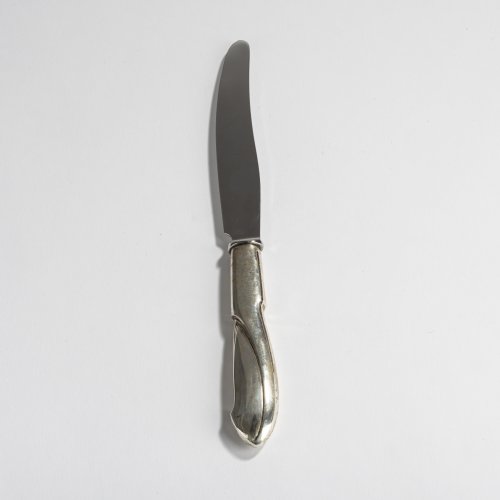
-
Sold
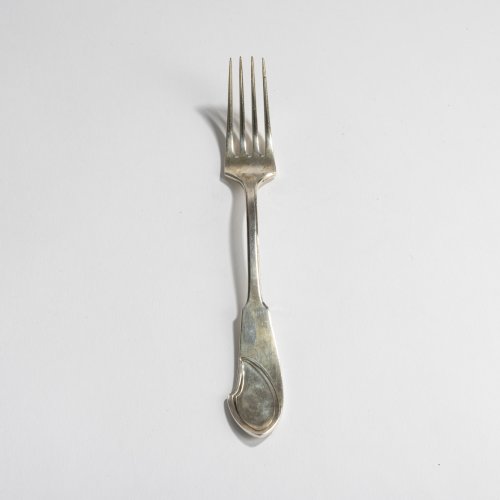
-
Sold
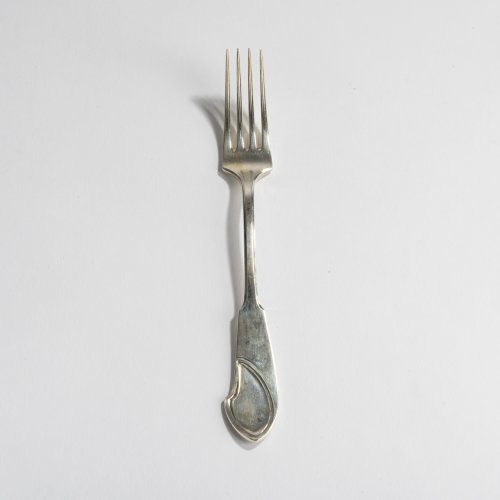
-
Sold
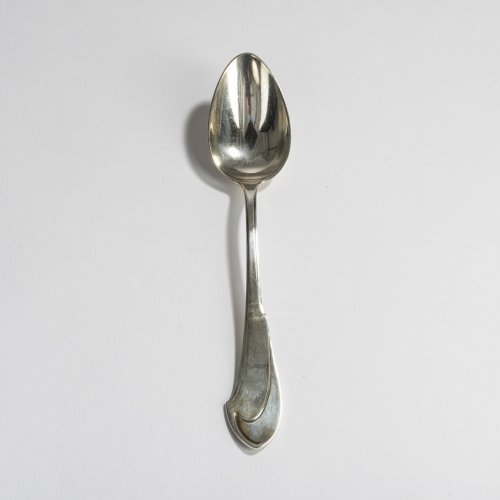
-
Sold
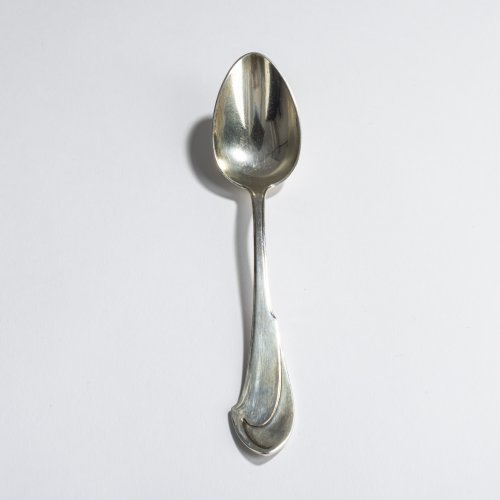
-
Sold
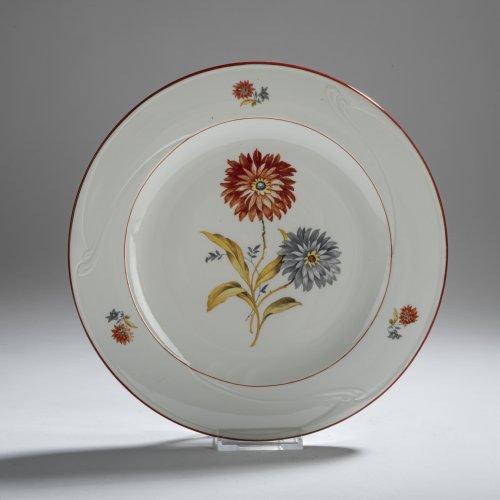
-
Sold
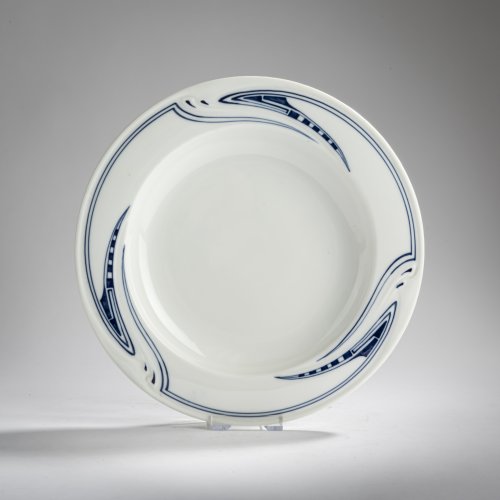
-
Sold
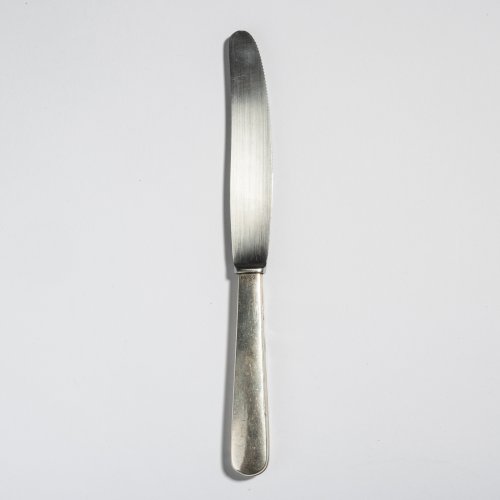
-
Sold
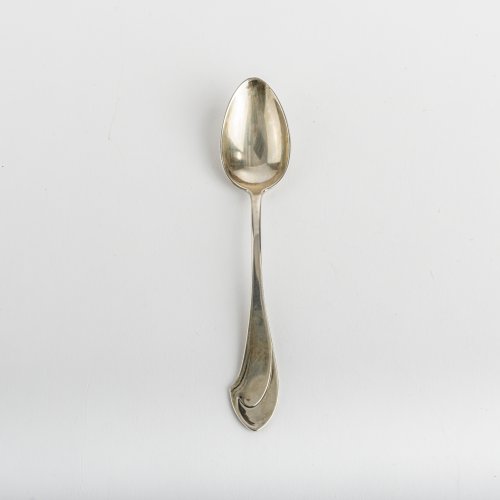
-
Sold
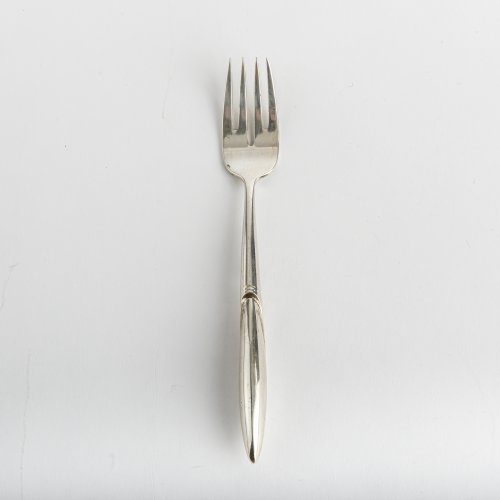
-
Sold
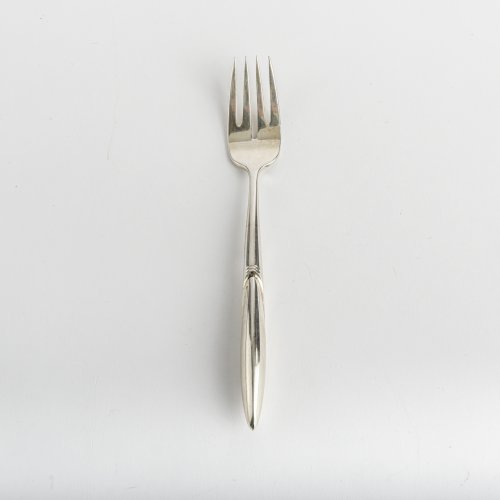
-
Sold
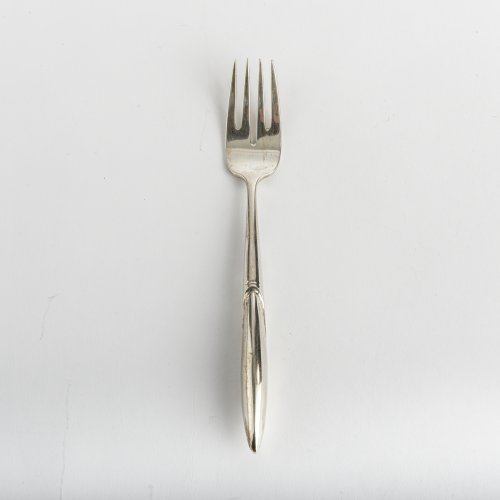
-
Sold
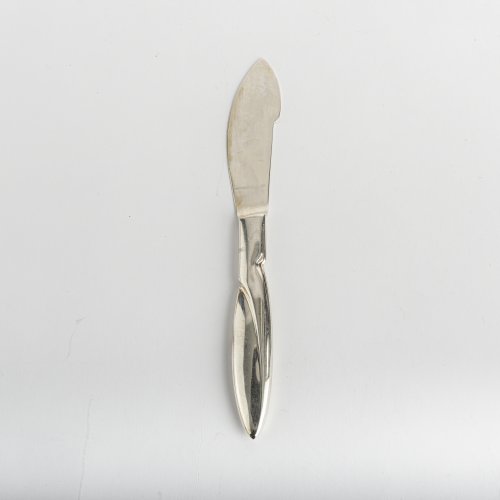
-
Sold
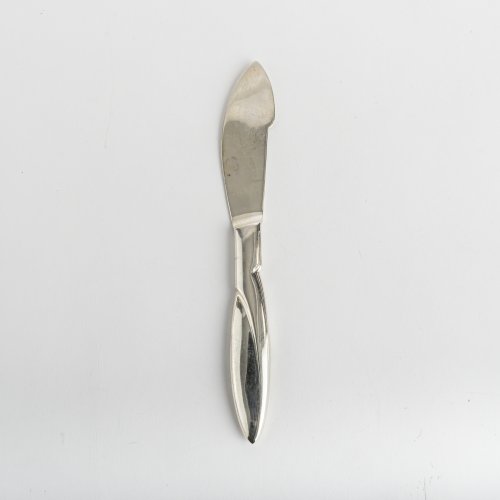
-
Sold
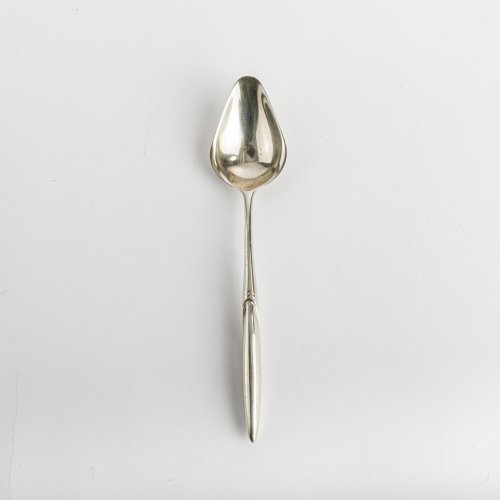
-
Sold
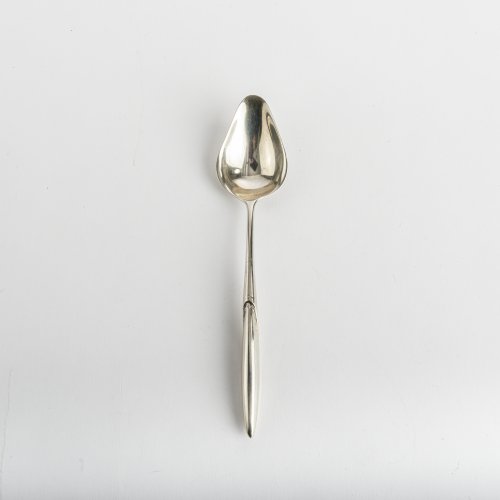
-
Sold
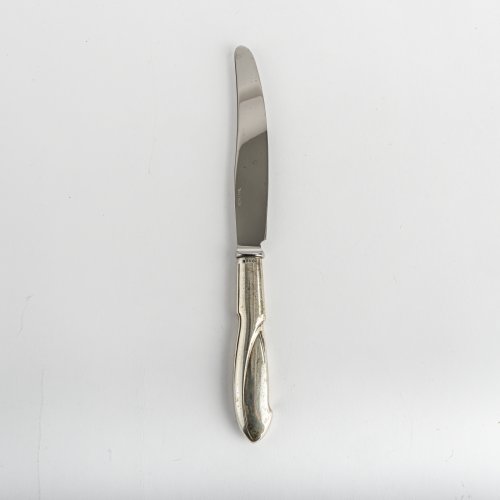
-
Sold
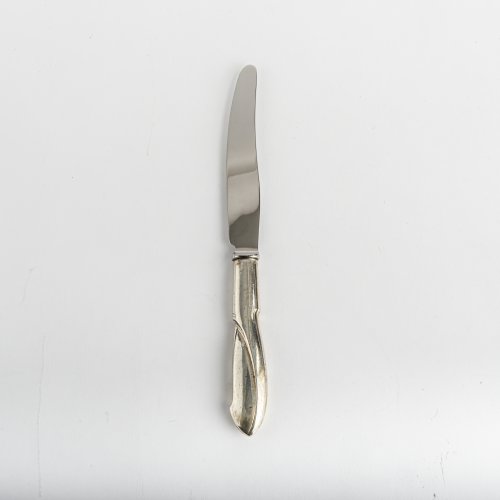
-
Sold
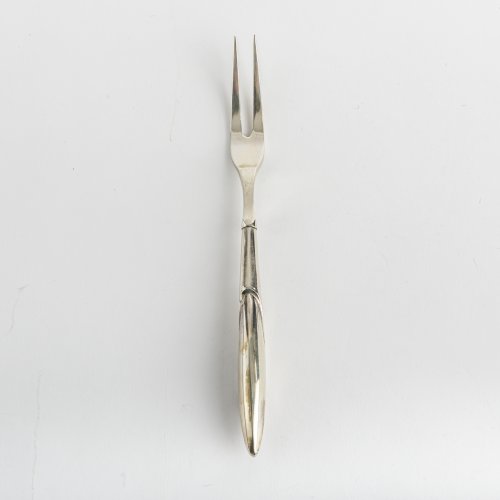
-
Sold
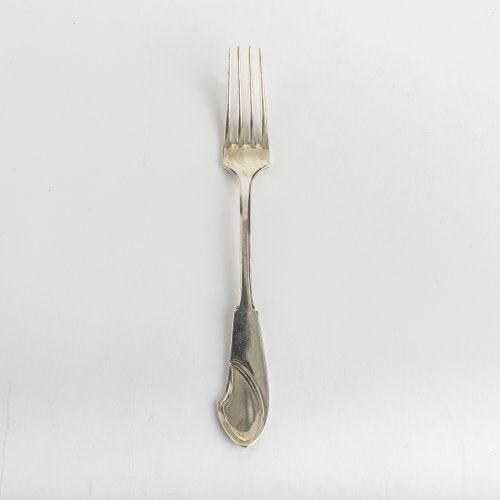
-
Sold
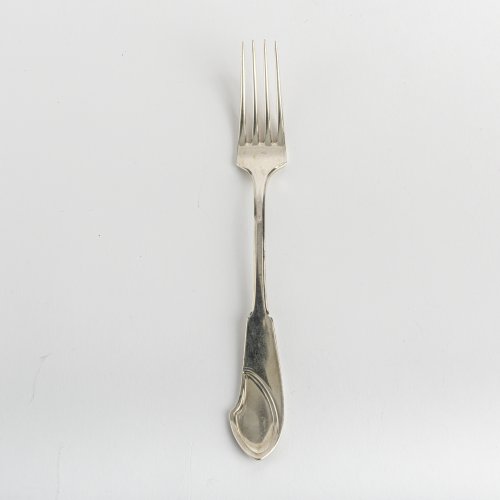
-
Sold
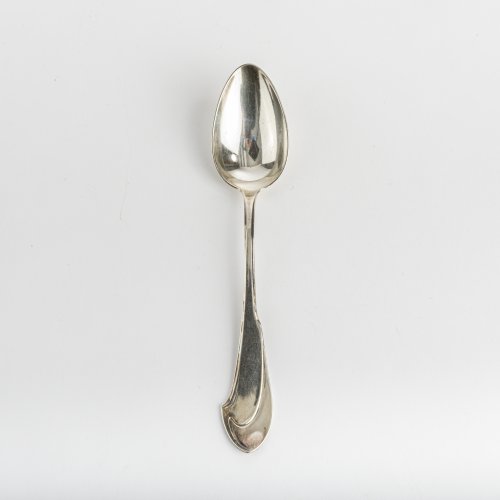
-
Sold
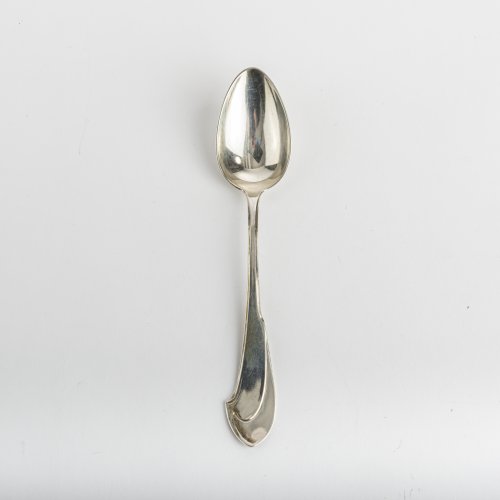
-
Sold
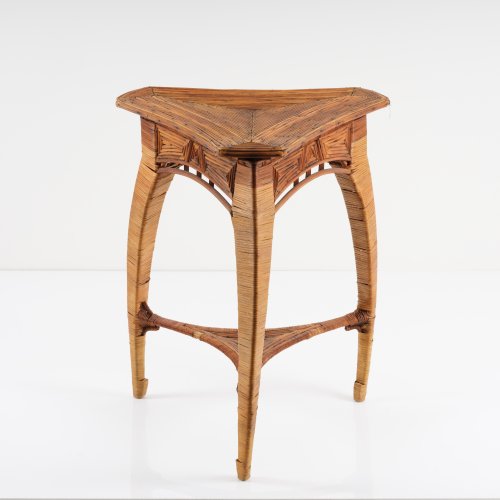
Henry van de Velde Tannroda, Korbflechterverein (zugeschrieben)
Garden table, c. 1905
Hammer Price: 5,000 €
-
Sold
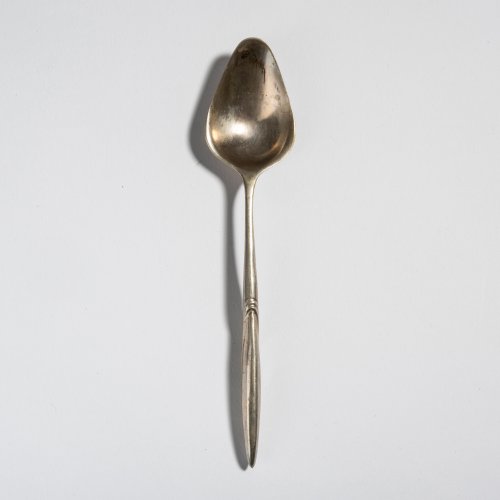
-
Sold
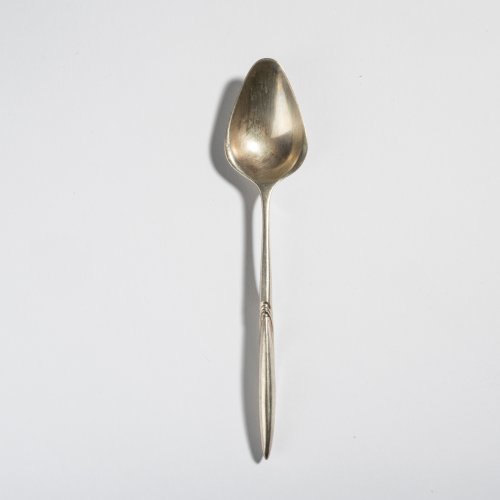
-
Sold
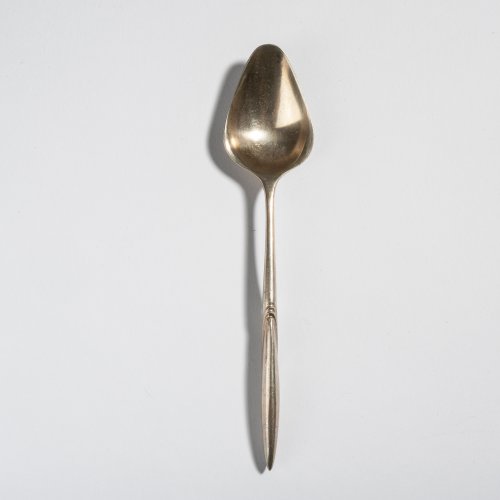
-
Sold
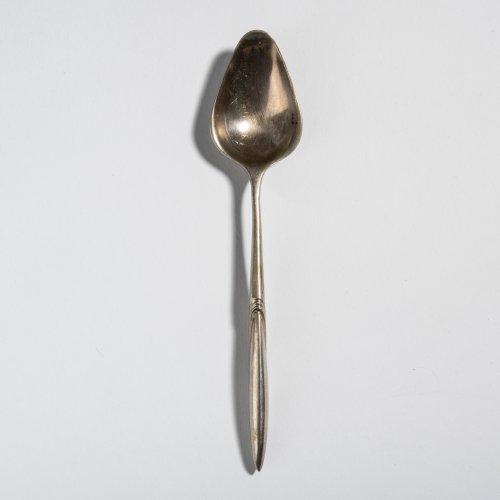
-
Sold
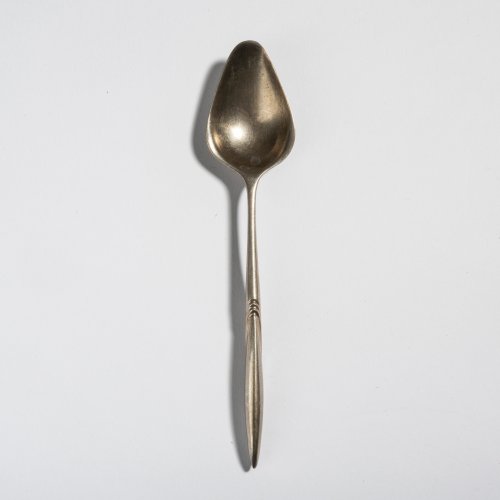
-
Sold
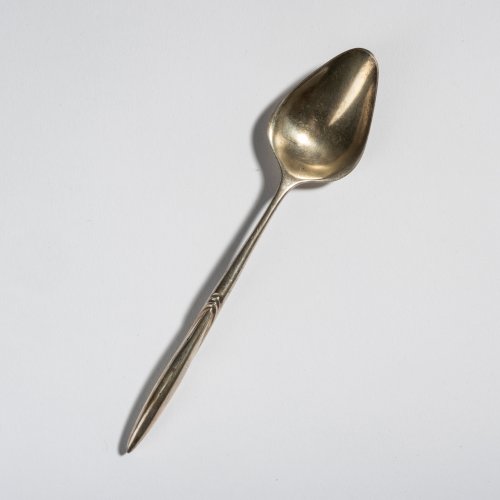
-
Sold
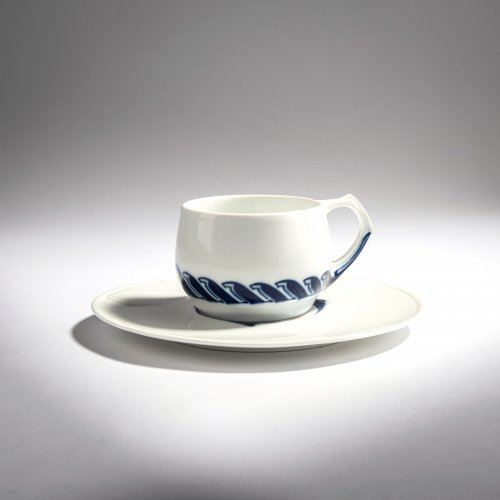
-
Sold
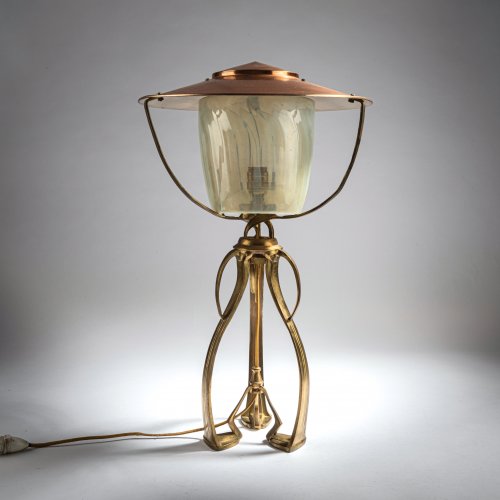
-
Sold
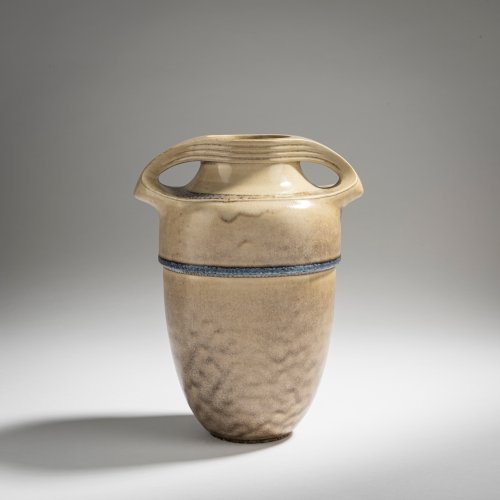
-
Sold
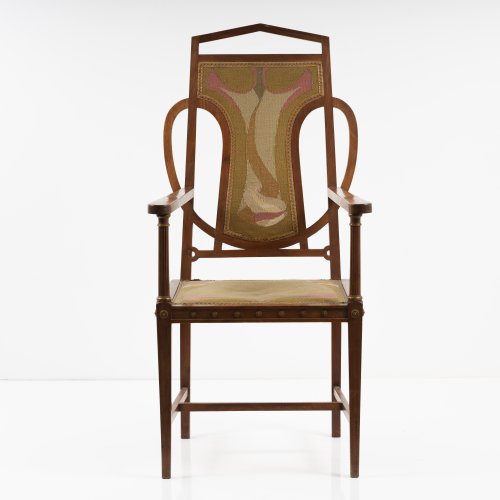
Henry van de Velde Scherrebek, Kunstwebschule
Armchair with cover for the 'Holland'schen Stuhl' by Henry van de Velde, 1898
Hammer Price: 1,200 €
-
Sold
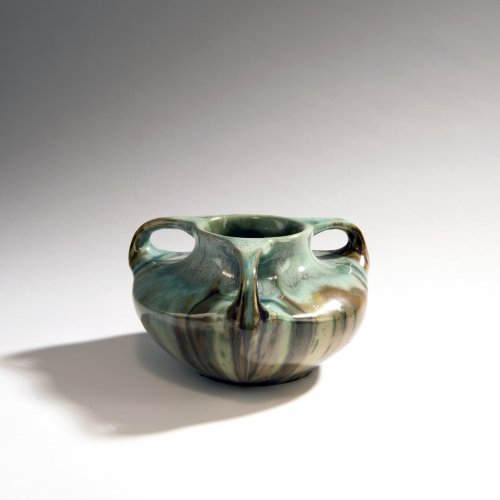
-
Sold
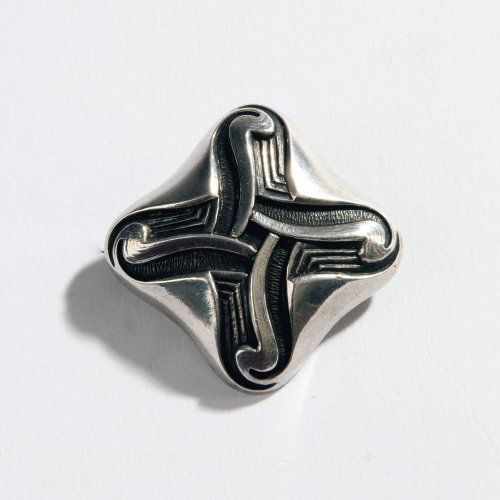
-
Sold
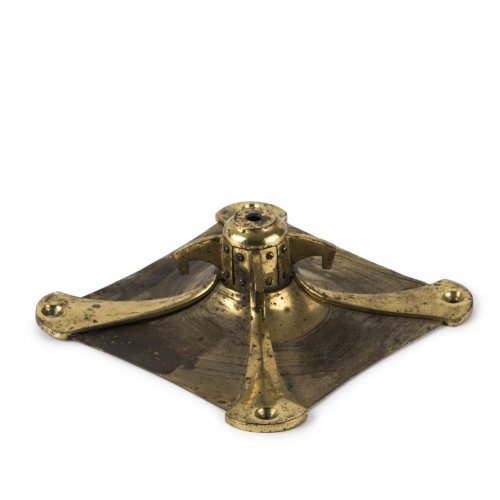
Henry van de Velde (attributed) Seyffart, Altenburg (zugeschrieben)
Luster bracket, c. 1904
Hammer Price: 3,200 €
-
Sold
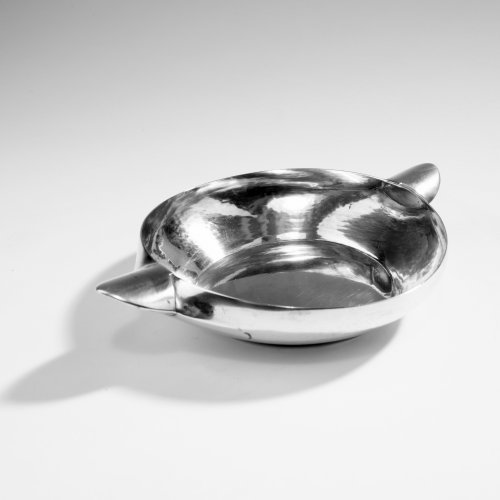
-
Sold
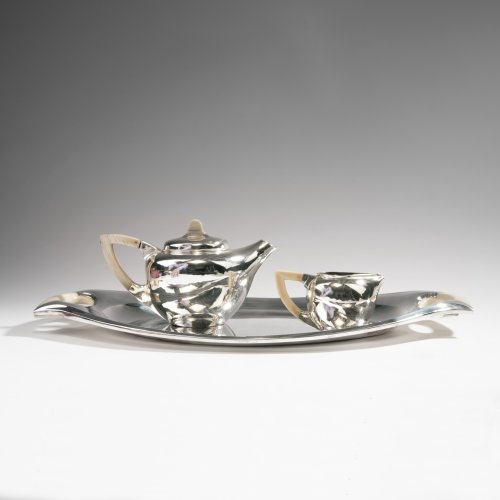
Henry van de Velde Müller, Theodor, Weimar
Teapot, creamer and tray from the 'Service III', 1904
Hammer Price: 58,000 €
-
Sold
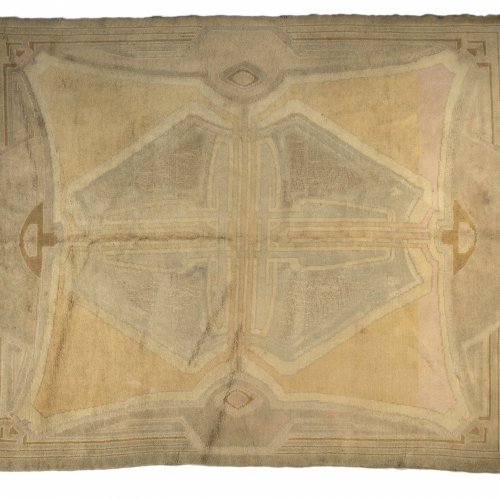
-
Sold
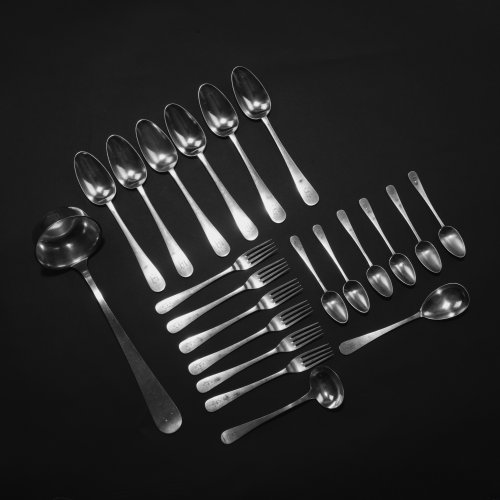
Henry van de Velde Bahner, Franz, Düsseldorf
21 'Model III' pieces of silverware, 1910/11
Hammer Price: 2,200 €
-
Sold
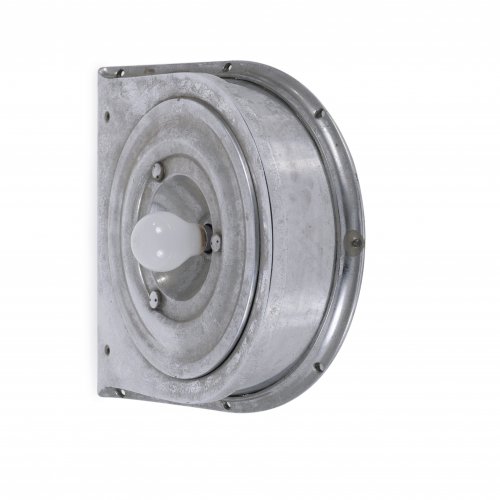
Henry van de Velde SNCB
Ceiling light from the First Class coach of the SNCB, 1935
Hammer Price: 300 €
-
Sold
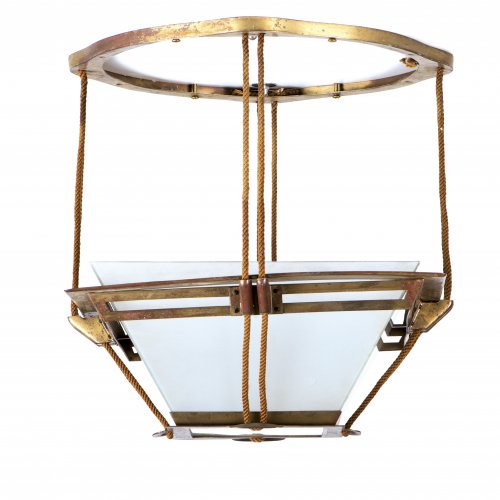
Henry van de Velde Bergner, Otto, Berka; Seyffart, Otto, Altenburg
Ceiling light, c. 1911
Hammer Price: 10,000 €
-
Sold
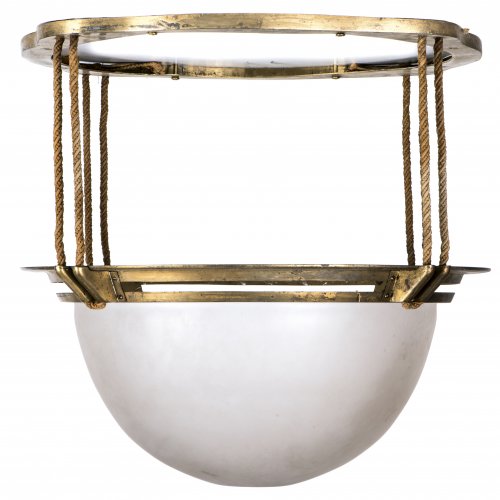
Henry van de Velde Bergner, Otto, Berka, oder Seyffart, Otto, Altenburg
Ceiling light, 1905/06
Hammer Price: 10,000 €
-
Sold
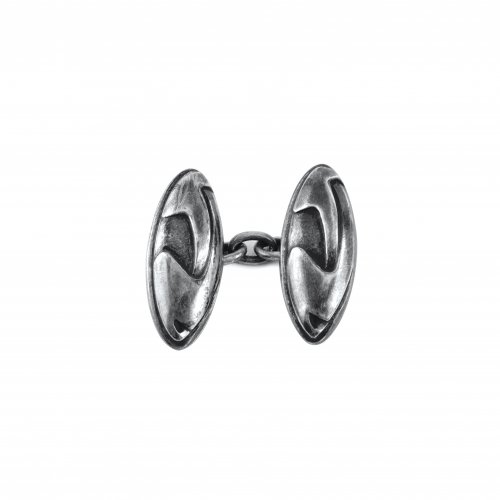
-
Sold
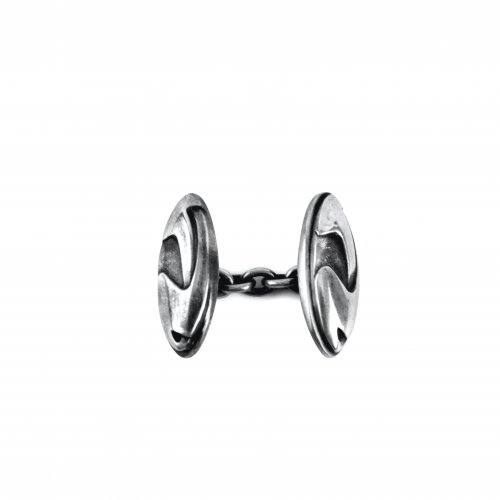
-
Sold
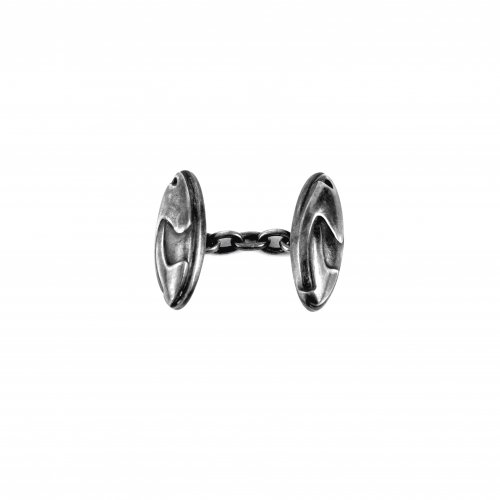
-
Sold
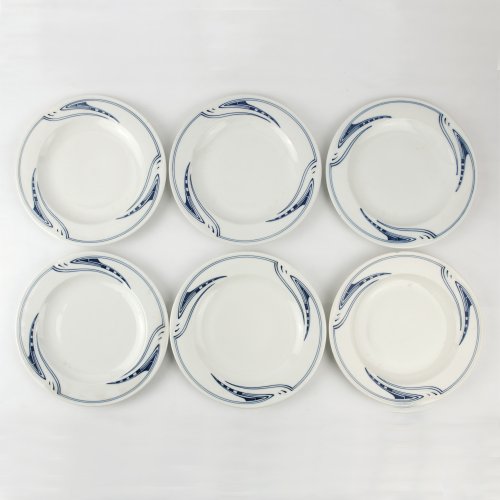
-
Sold
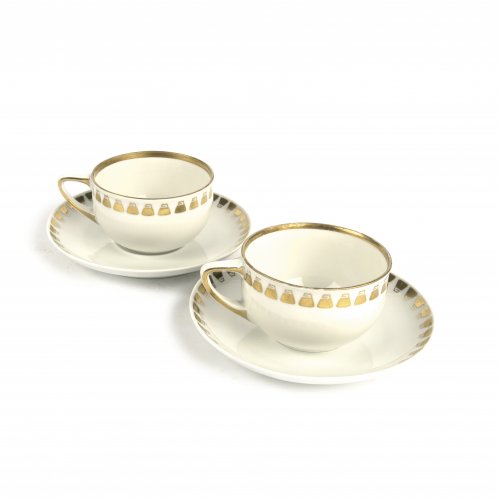
Henry van de Velde Beyer & Bock, Rudolstadt-Volkstedt
Two teacups and saucers, c1906
Hammer Price: 1,000 €
-
Sold
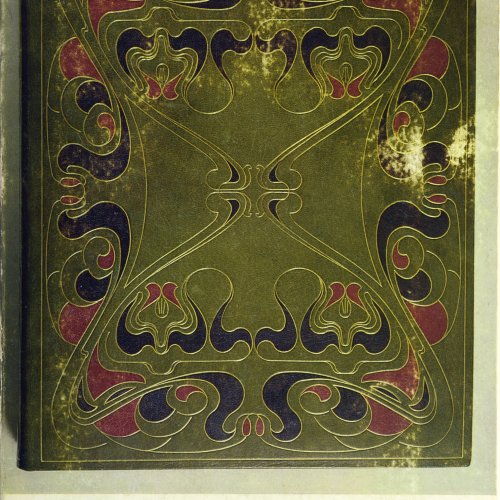
Cat. Exposition Henry van de Velde 1863 - 1957
Hammer Price: 300 €
-
Sold
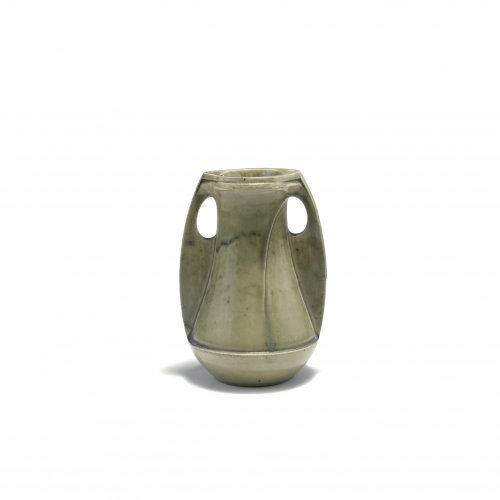
-
Sold
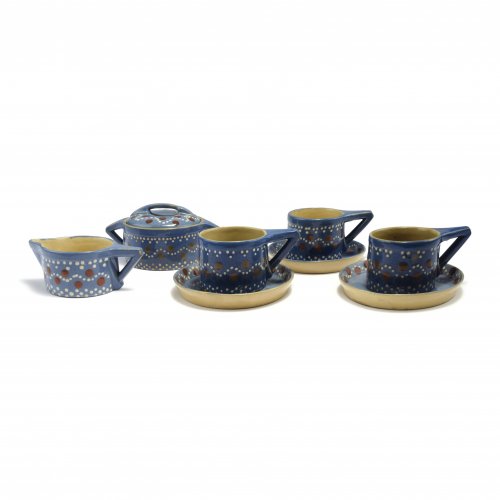
Henry van de Velde Gebauer, Carl, Bürgel
Three cups, creamer and sugar bowl, c1904
Hammer Price: 3,000 €
-
Sold
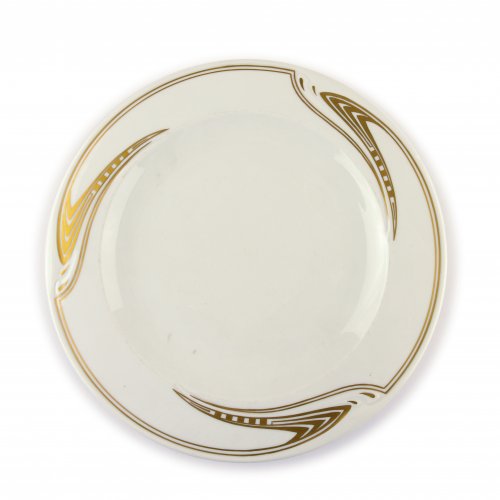
-
Sold
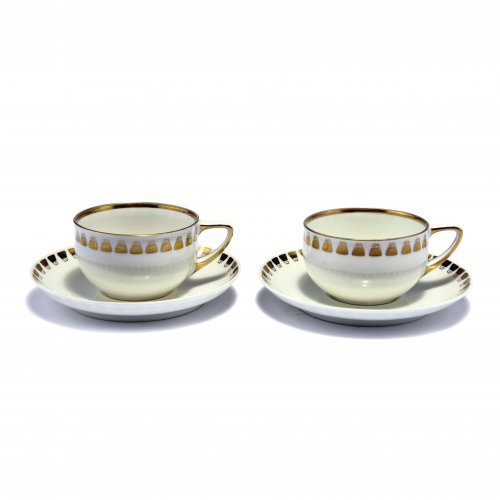
Henry van de Velde Beyer & Bock, Rudolstadt-Volkstedt
Two tea cups with saucers, c1906
Hammer Price: 1,000 €
-
Sold
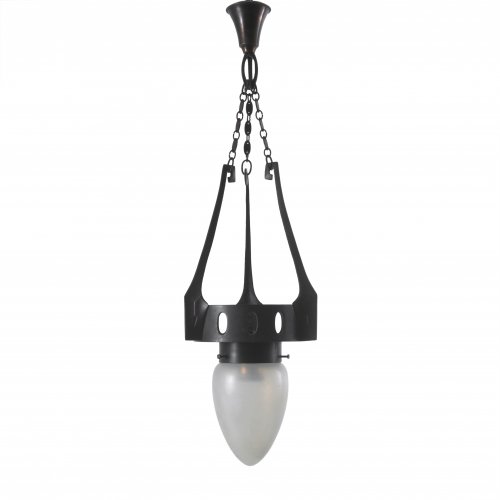
-
Sold
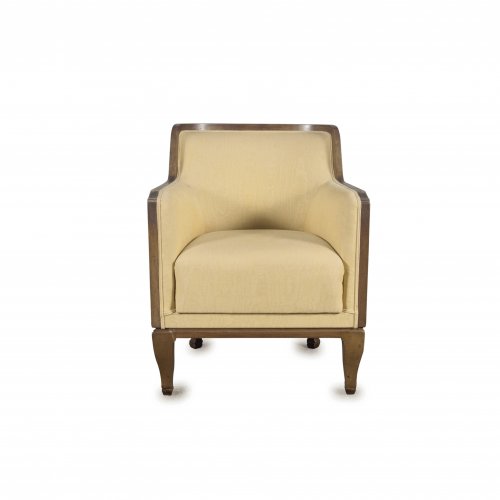
-
Sold
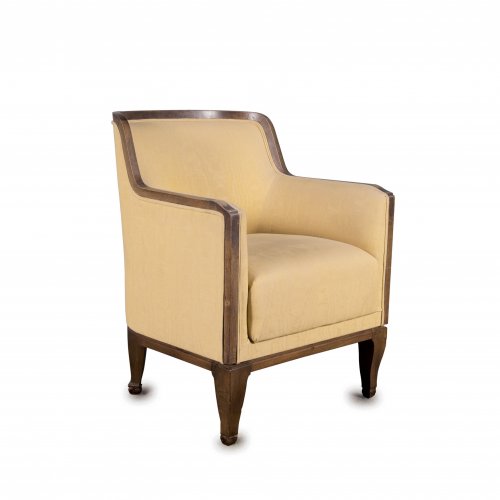
-
Sold
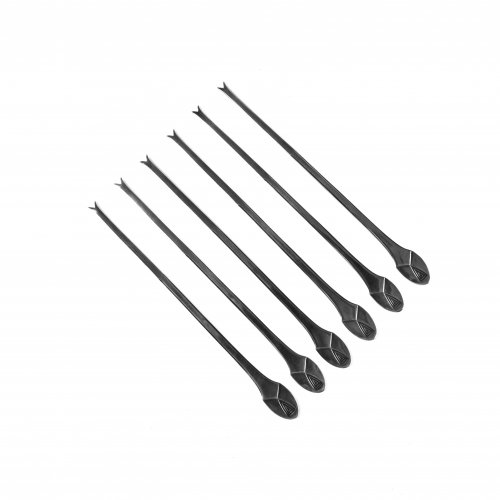
Henry van de Velde Clarfeld & Springmeyer, Hemer
Six '3000' lobster forks, 1903/05
Hammer Price: 1,100 €
-
Sold
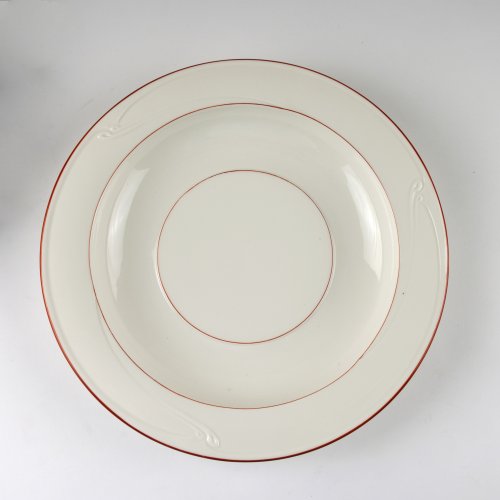
-
Sold
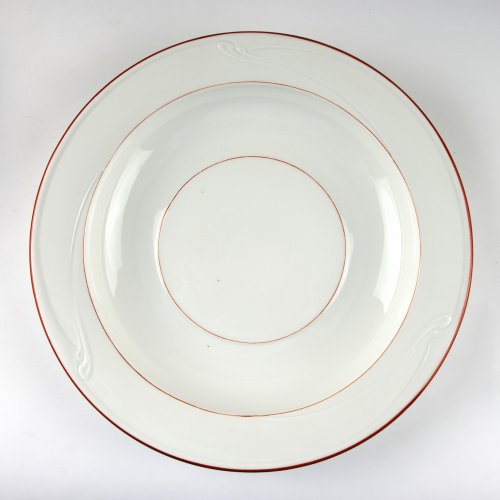
-
Sold
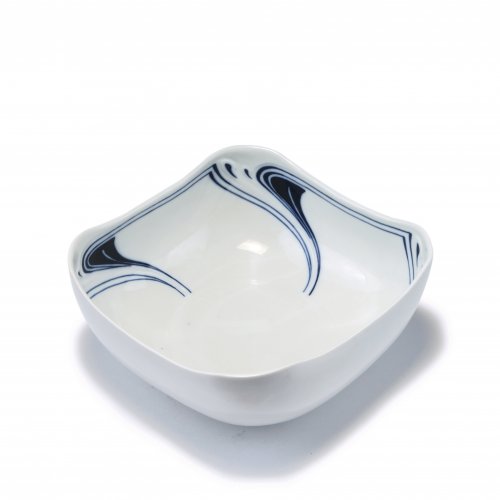
-
Sold
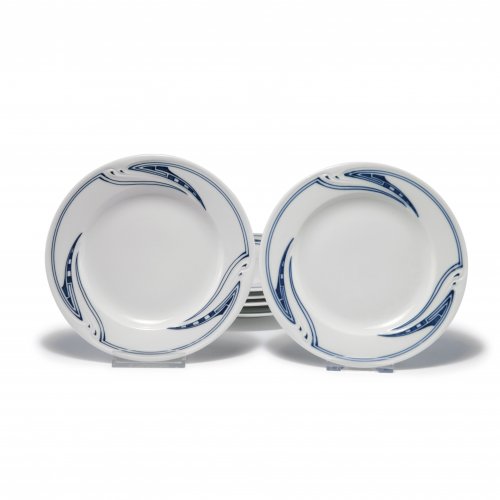
-
Sold
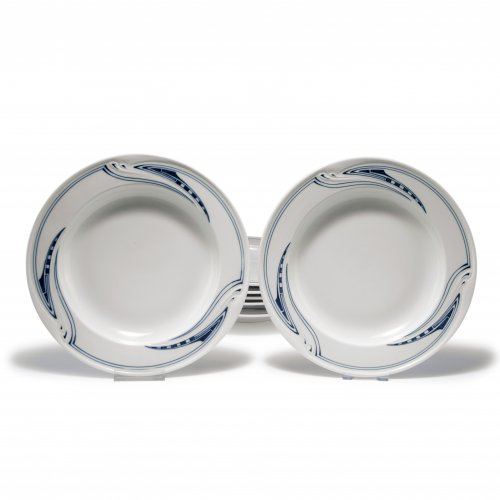
-
Sold
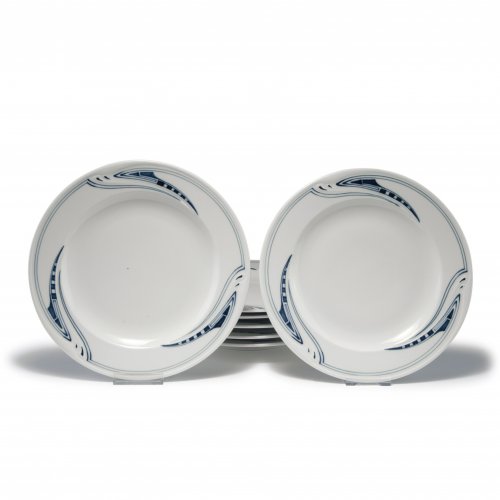
-
Sold
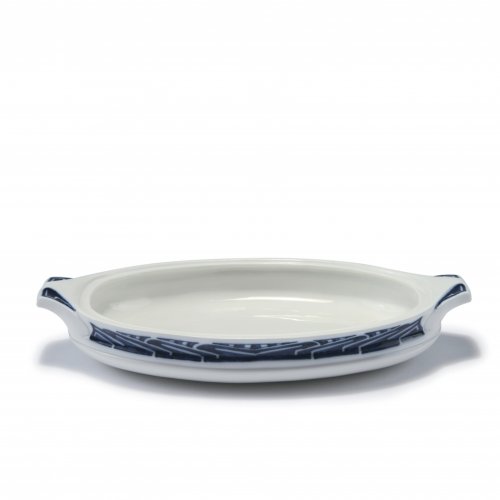
-
Sold
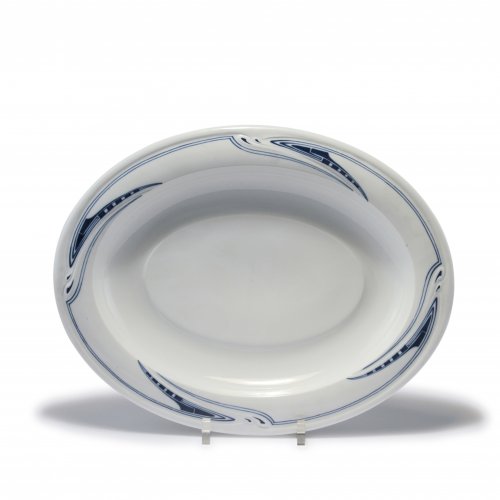
-
Sold
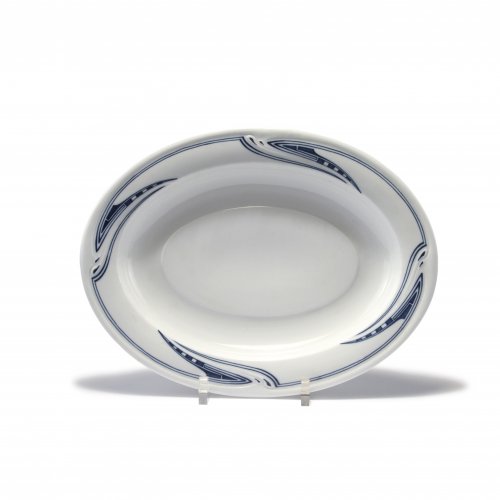
-
Sold
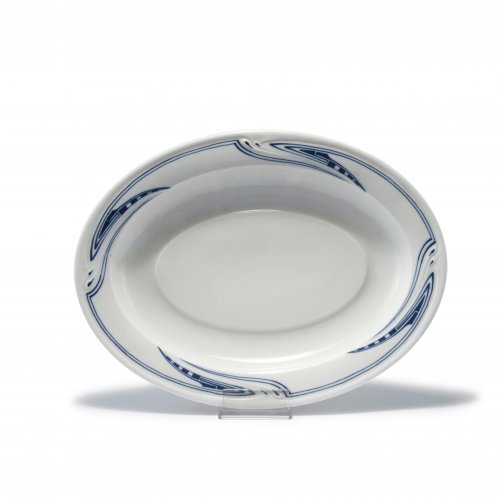
-
Sold
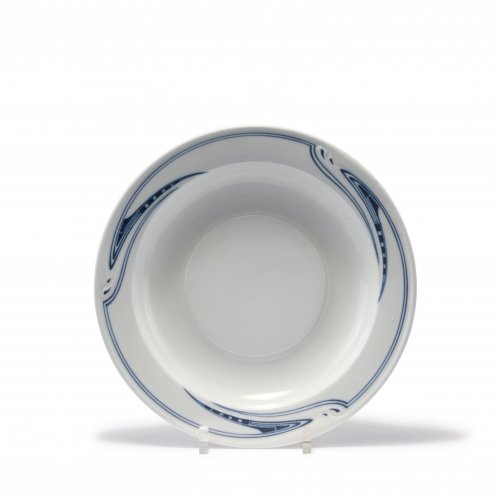
-
Sold
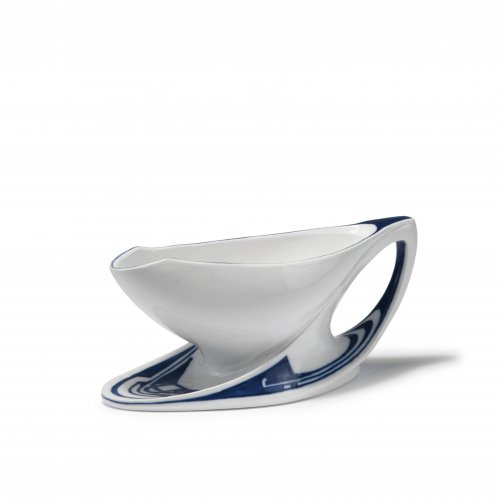
-
Sold
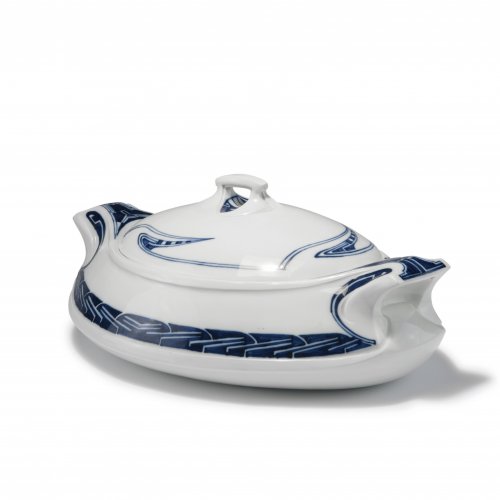
-
Sold
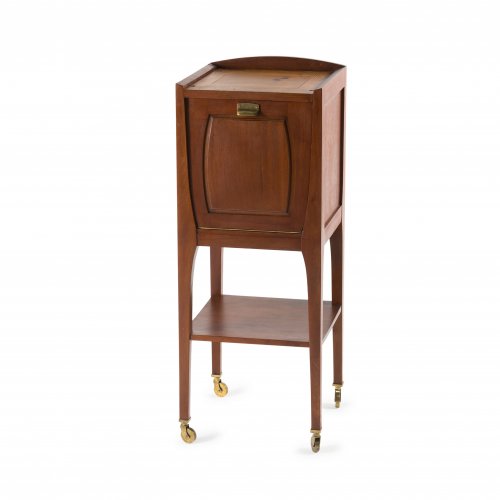
-
Sold
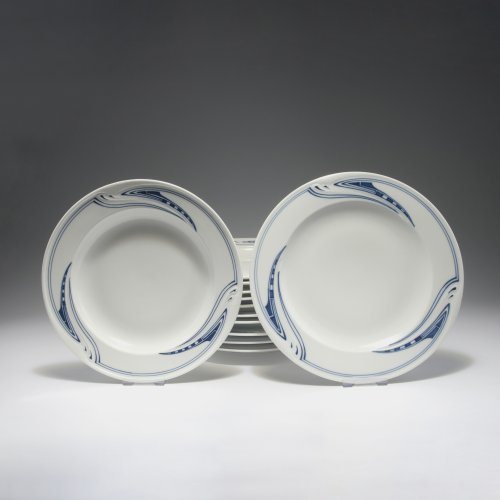
Henry van de Velde Meißen, KPM
Eight 'Whiplash' soup plates and four dining plates, 1903-04
Hammer Price: 17,000 €
-
Sold
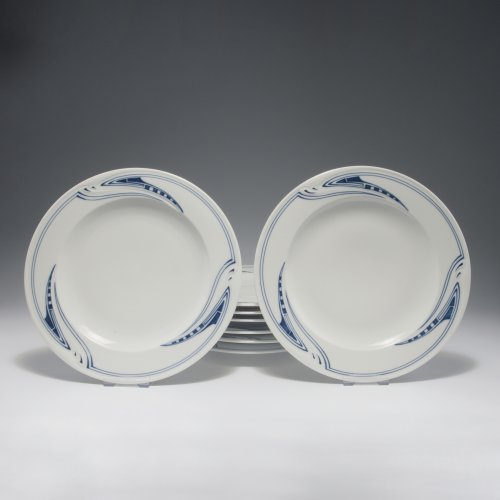
-
Sold
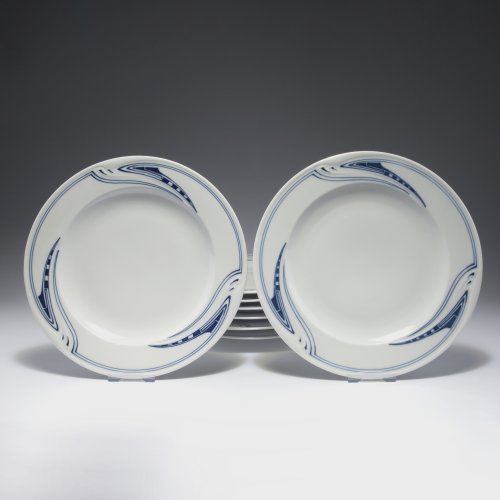
-
Sold
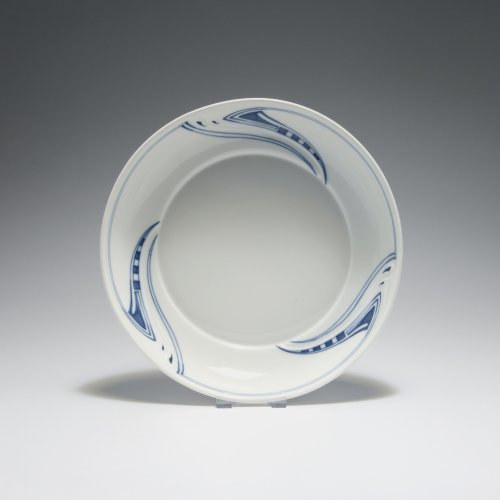
-
Sold
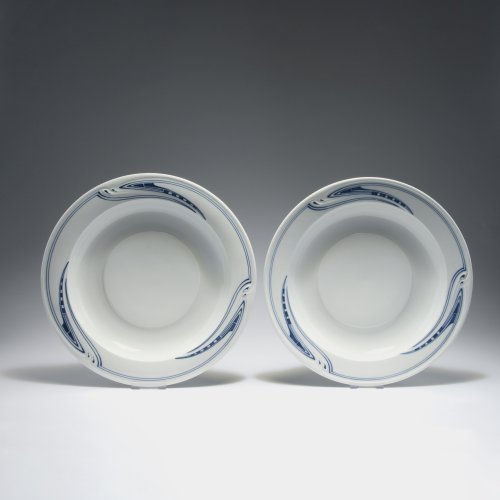
-
Sold
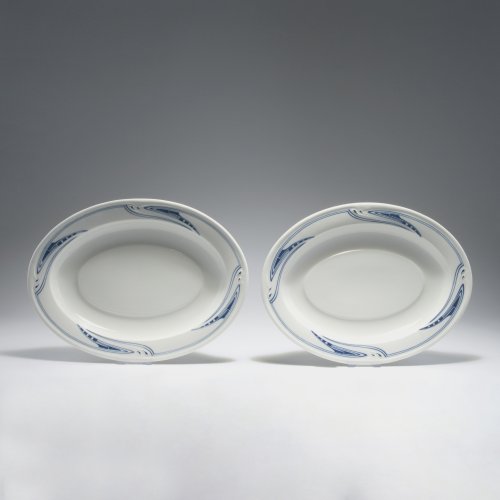
-
Sold
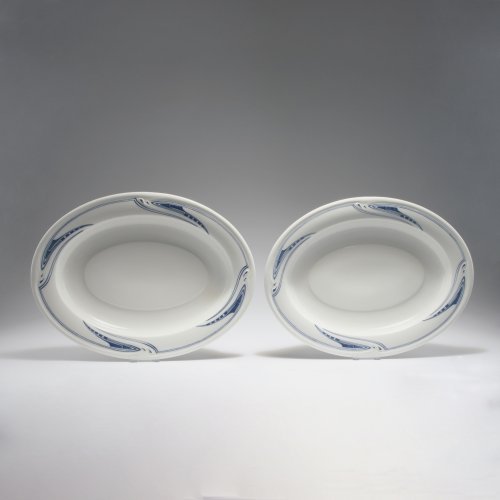
-
Sold
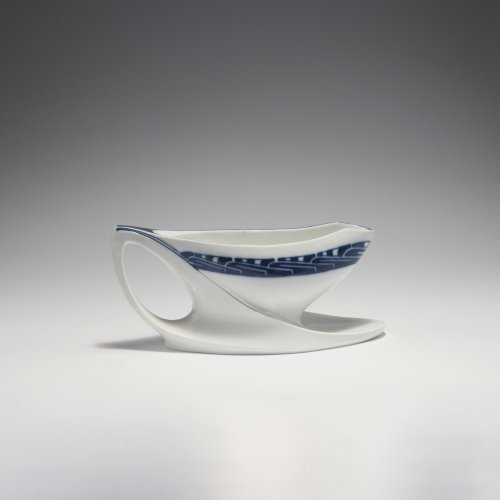
-
Sold
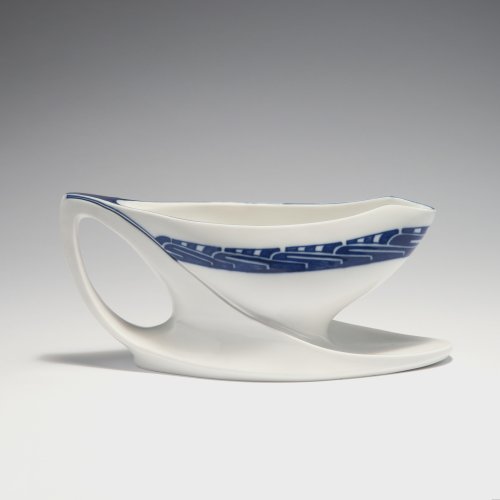
-
Sold
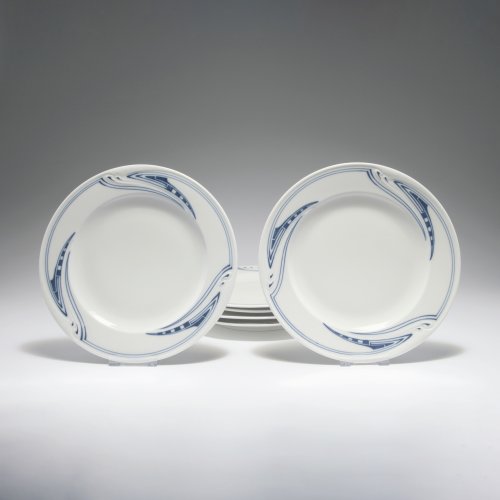
-
Sold
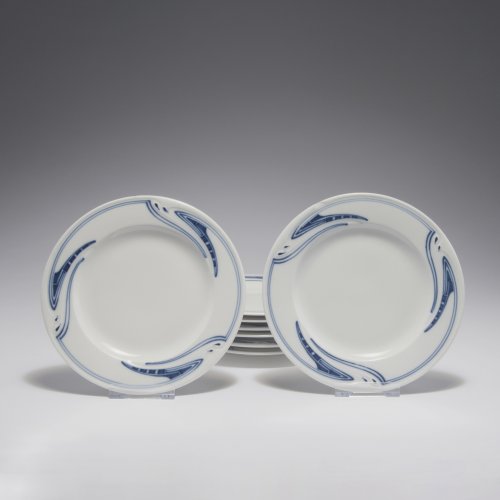
-
Sold
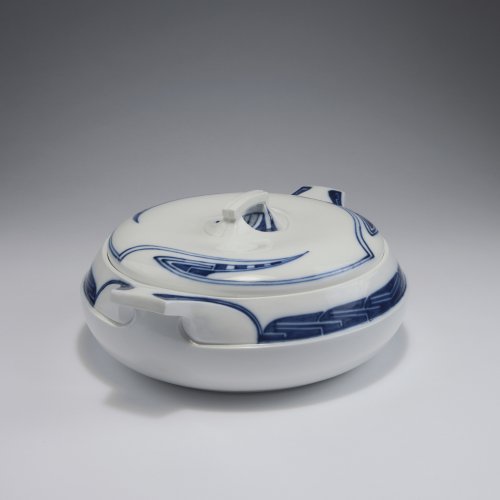
-
Sold
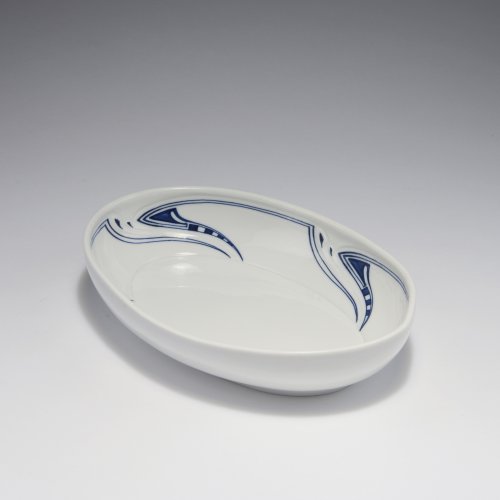
-
Sold
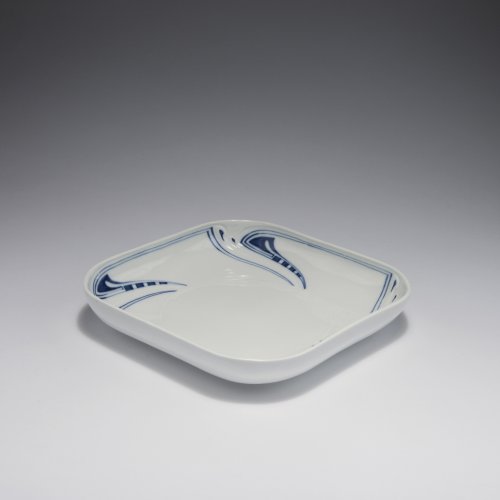
Henry van de Velde Meißen, KPM
Rectangular 'Whiplash' serving platter, 1903-04
Hammer Price: 4,400 €
-
Sold
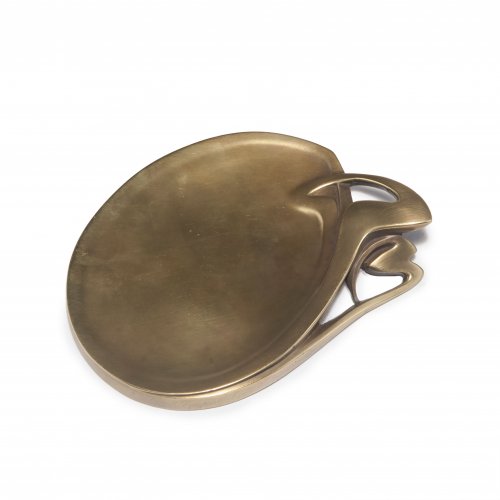
-
Sold
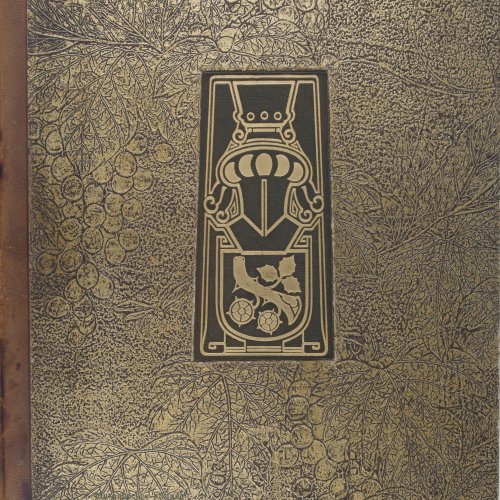
Documentation for the Mutzenbecher apartment in Hamburg, 1919
Hammer Price: 650 €
-
Sold
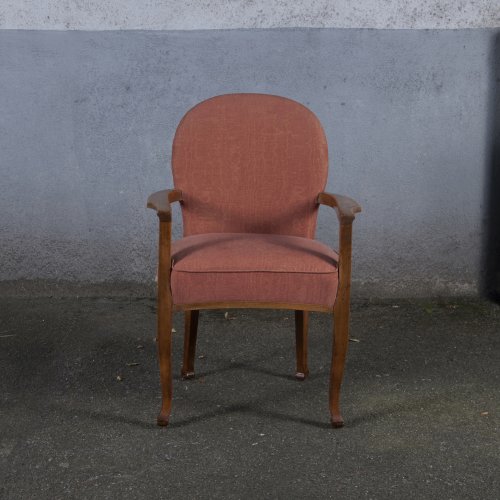
-
Sold
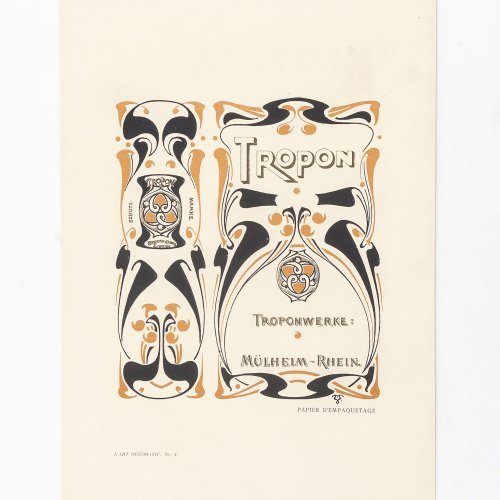
-
Sold
-
Sold
-
Sold
-
Sold
-
Sold
-
Sold
-
Sold
-
Sold
-
Sold
Henry van de Velde SNCB
Folding seat from the first class rail carriage of the SNCB,
Hammer Price: 1,500 €
-
Sold
Documentation on the House of Mutzenbecher, Hamburg, 1919
Hammer Price: 300 €
-
Sold
-
Sold
-
Sold
-
Sold
-
Sold
-
Sold
-
Sold
-
Sold
-
Sold
-
Sold
Three sheets with collection labels for Curt and Sophie Herrmann
Hammer Price: 600 €
-
Sold
-
Sold
Henry van de Velde Koch & Bergfeld, Bremen
'Model I' fruit knife and fruit fork
Hammer Price: 4,200 €
-
Sold
-
Sold
-
Sold
-
Sold
-
Sold
-
Sold
-
Sold
-
Sold
-
Sold
Music cabinet from the music room of the Folkwang museum
Hammer Price: 21,000 €
-
Sold
-
Sold
-
Sold
-
Sold
-
Sold
-
Sold
-
Sold
-
Sold
-
Sold
-
Sold
Henry van de Velde Koch & Bergfeld, Theodor Müller
'Service I' coffee- and teaset, 1902/03
Hammer Price: 125,000 €
